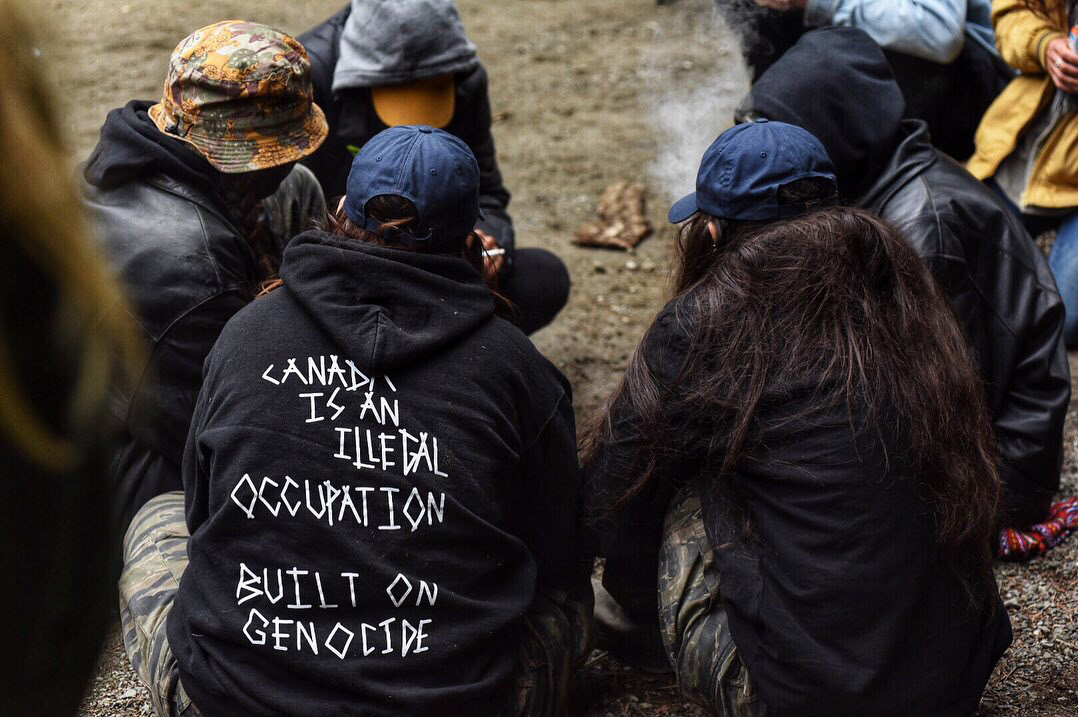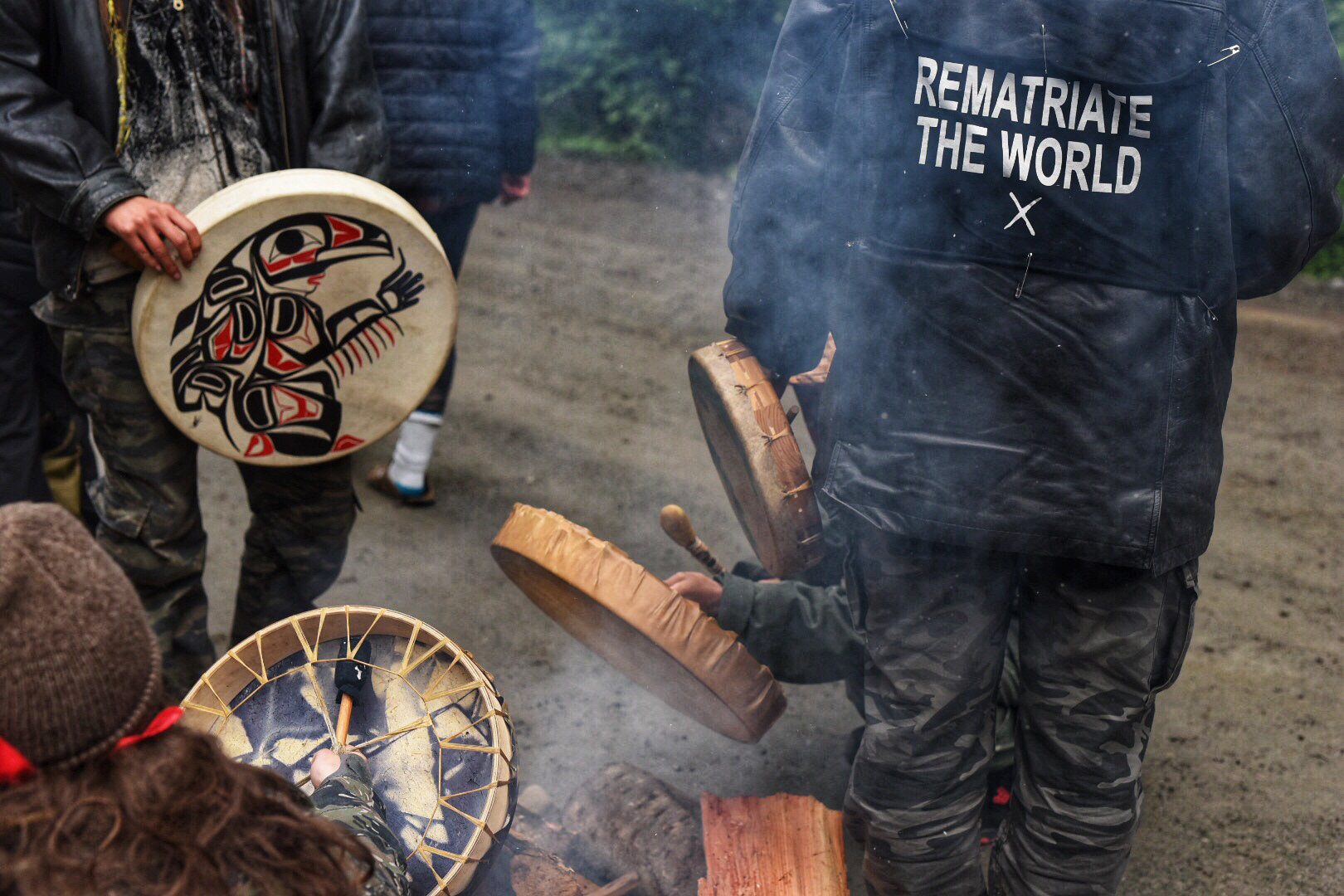"The Canadian government declared them extinct 64 years ago. These living, breathing Sinixt people beg to differ."
By Steph Kwetásel’wet Wood
Photography by Mike Graeme
Photography by Mike Graeme

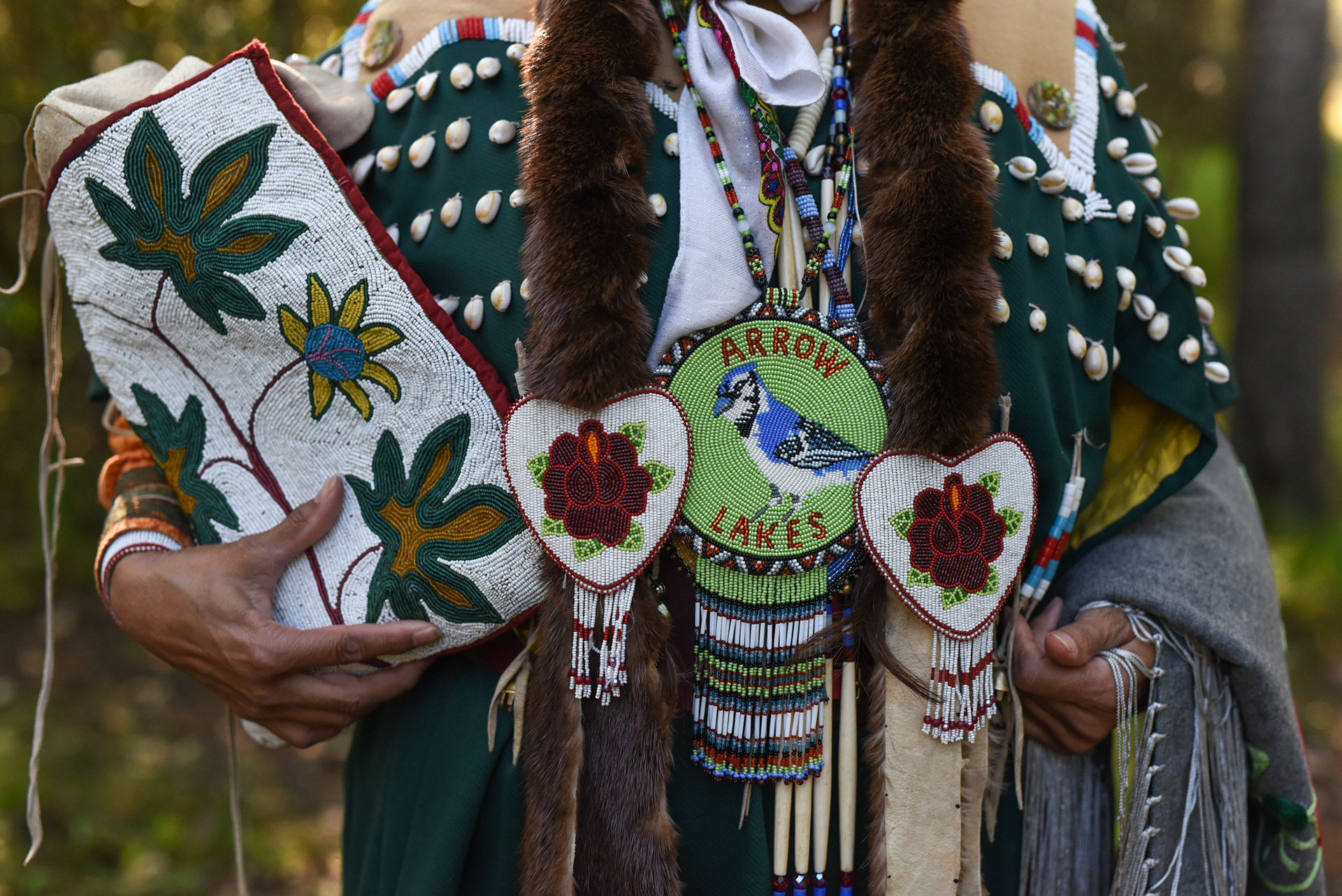

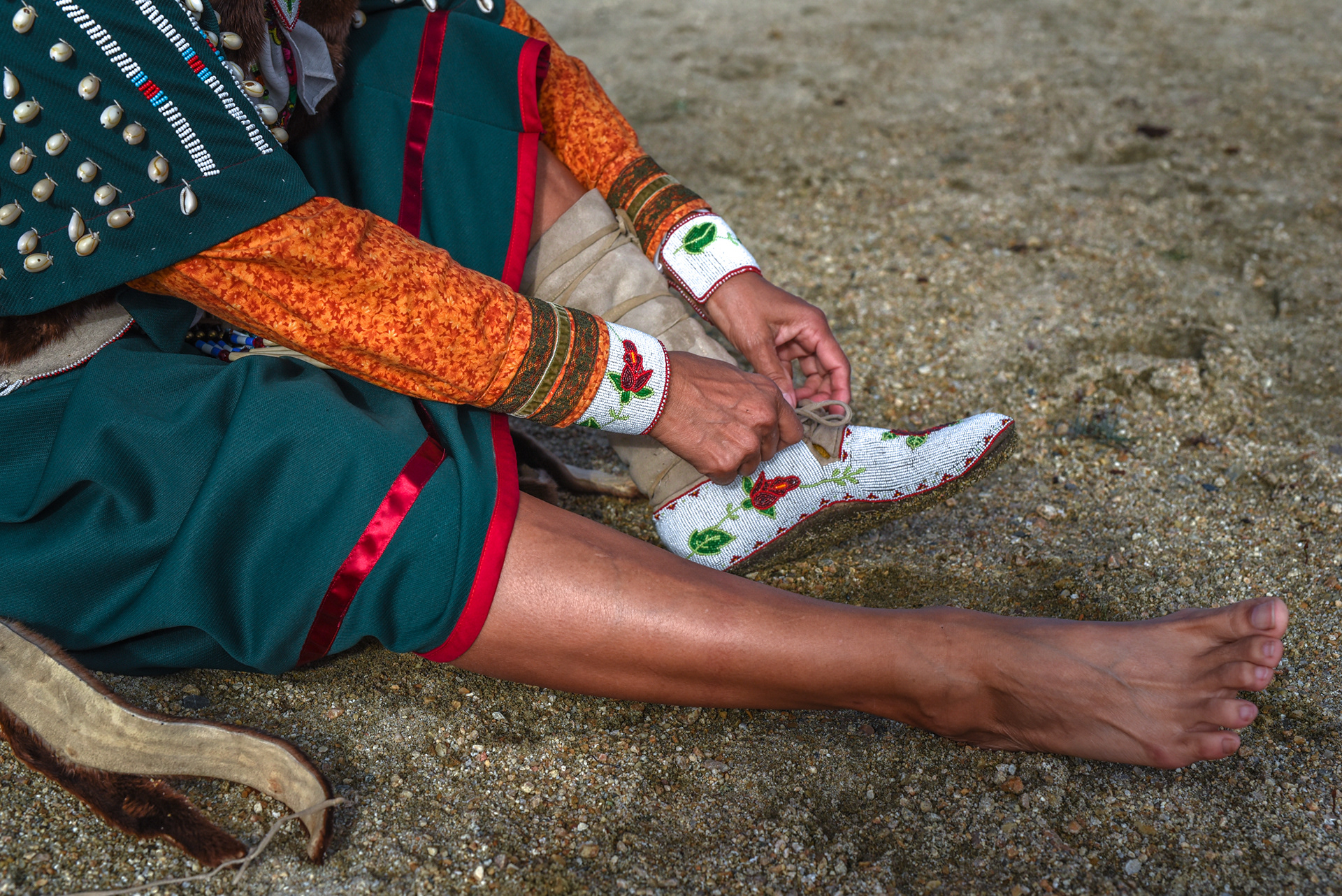
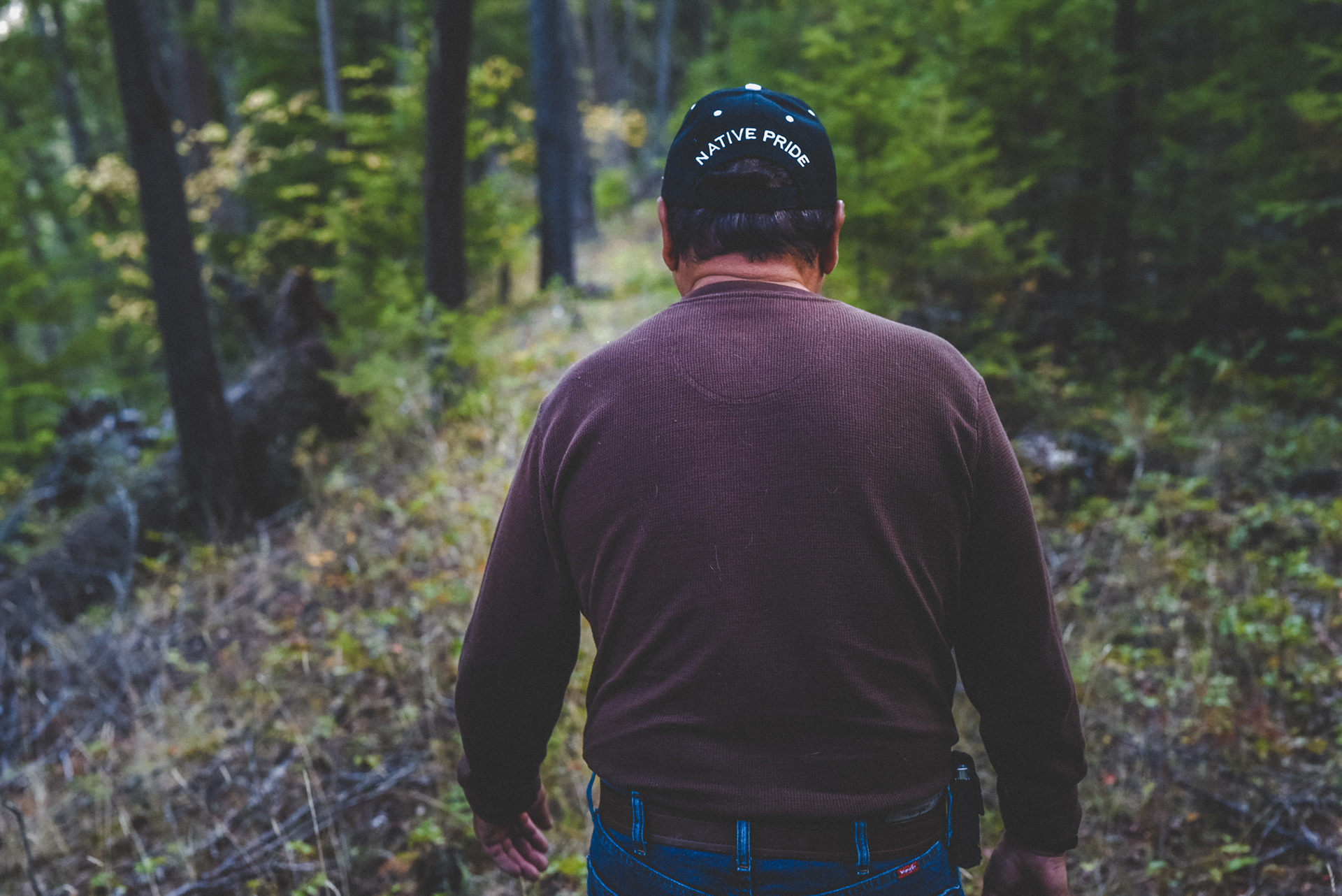

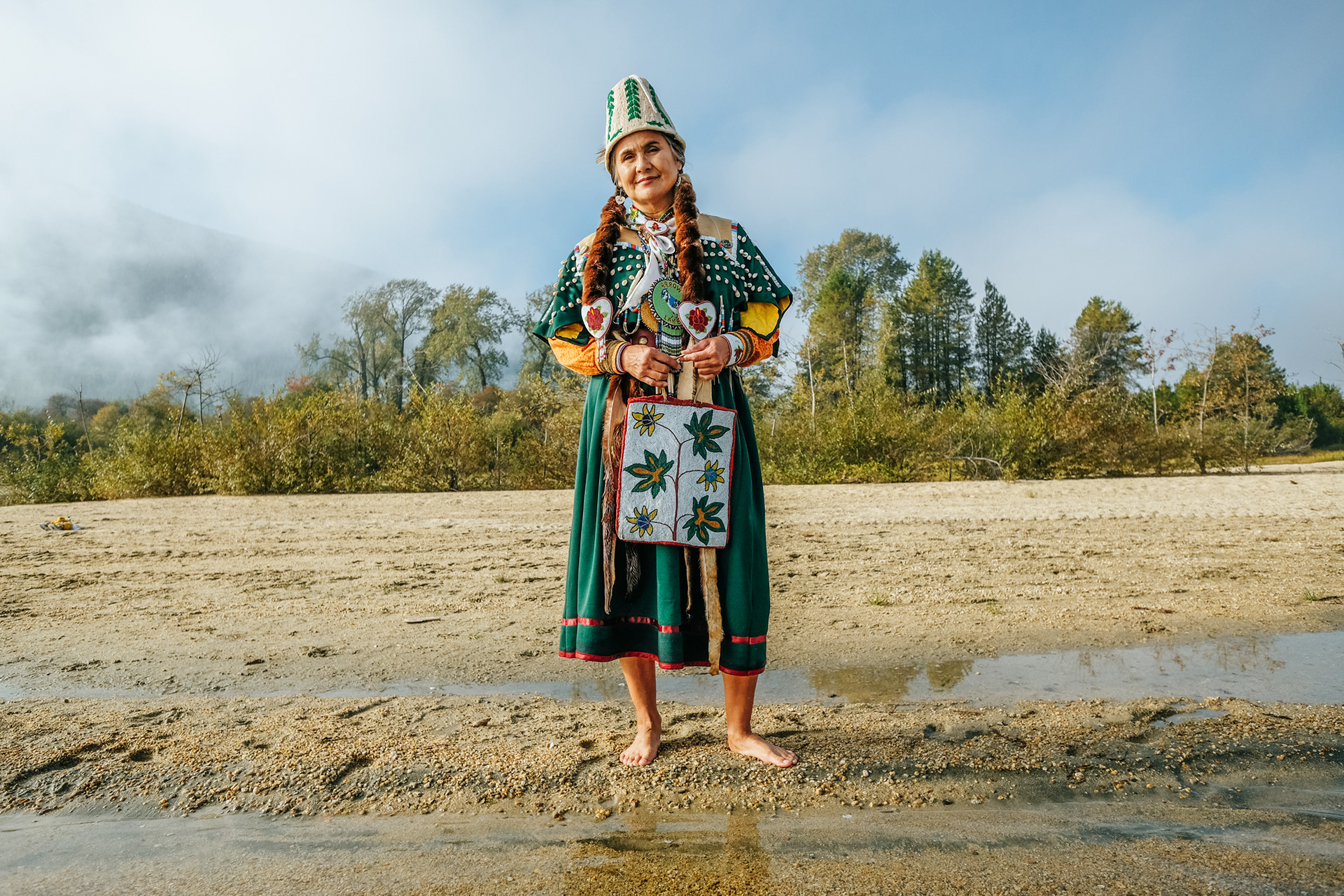
Photo Essay: What it’s like to flee a wildfire in B.C.
"As someone who has long frequented burning landscapes to put out fires, I hadn’t ever feared for my safety before. That changed the day two explosive blazes converged in the province’s Shuswap region."


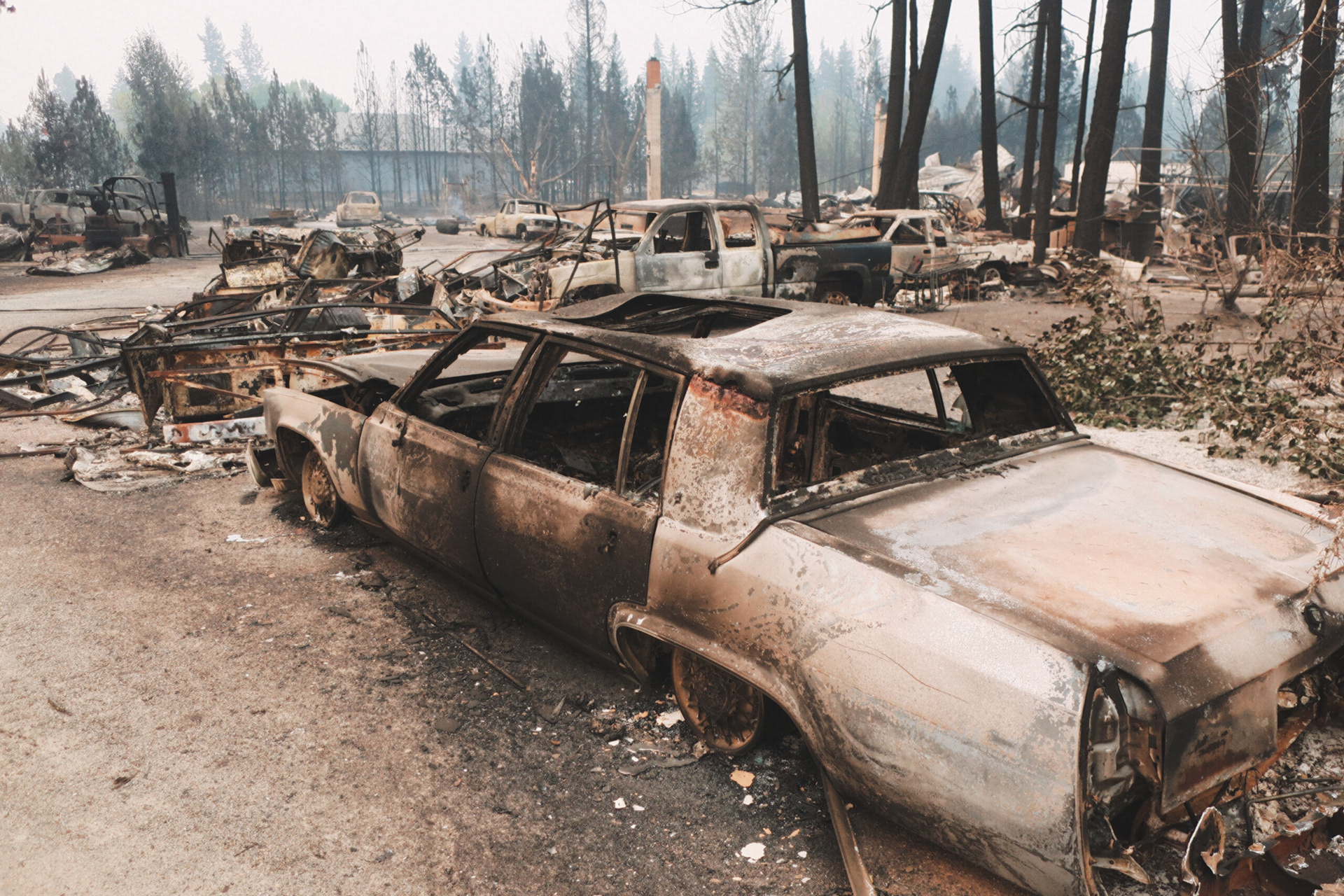


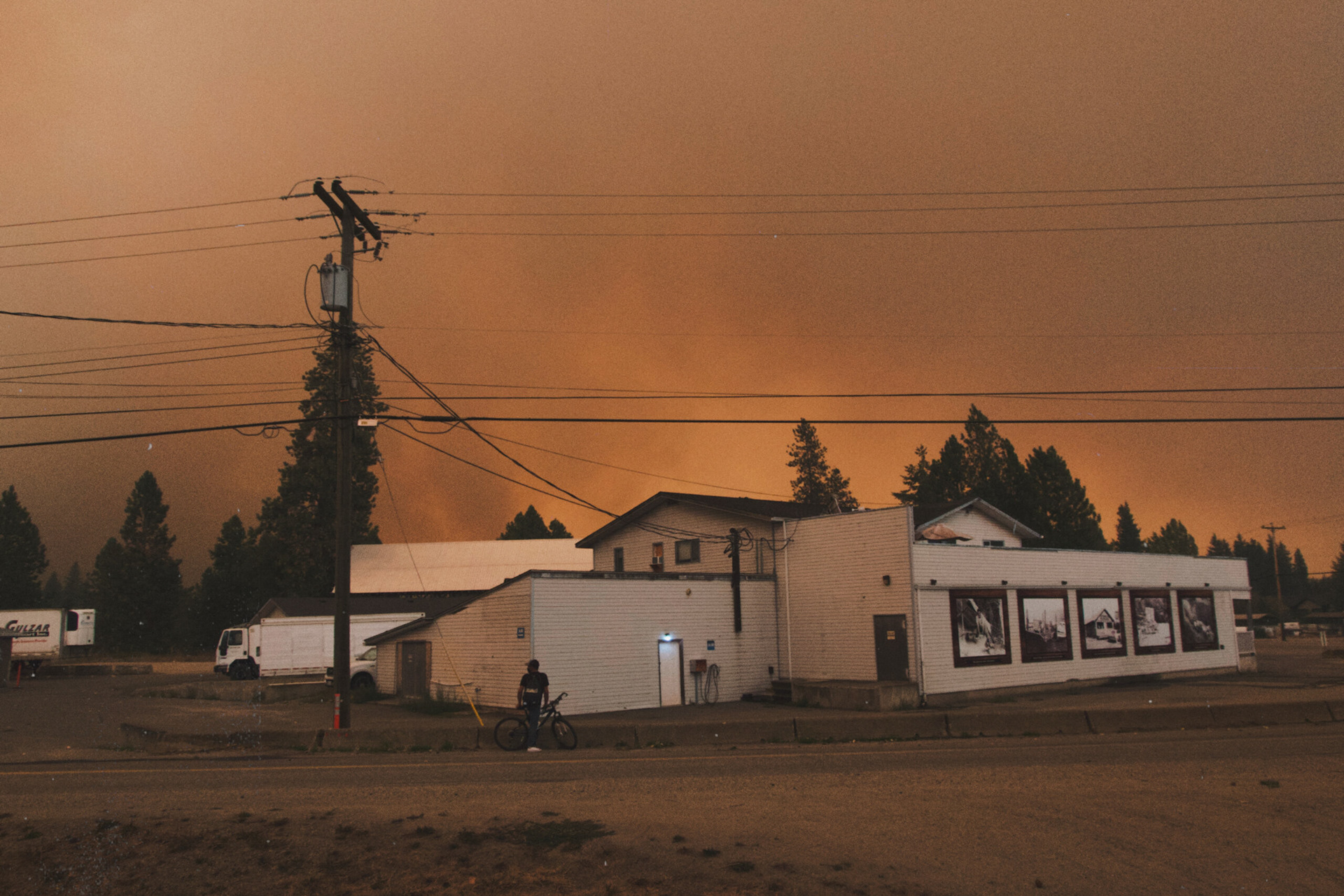
In the midst of a destructive wildfire season, Sinixt experts point to the benefits of cultural burns
Knowledge-keepers say it’s time to end the colonial legacy of fire suppression: ‘Our wisdom and how we took care of the land has been disregarded’
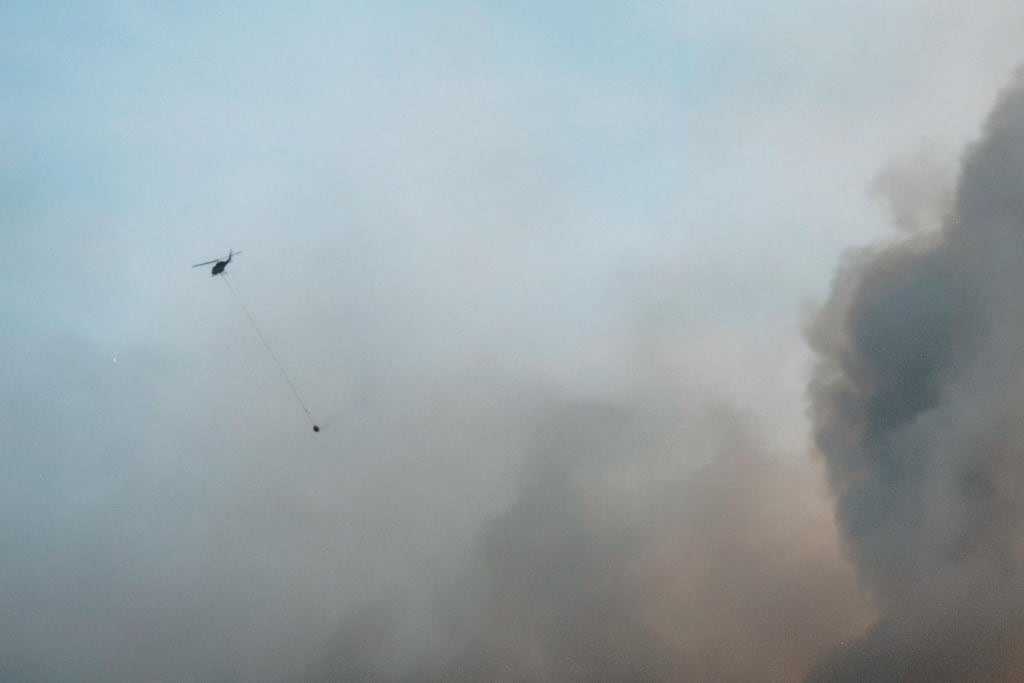
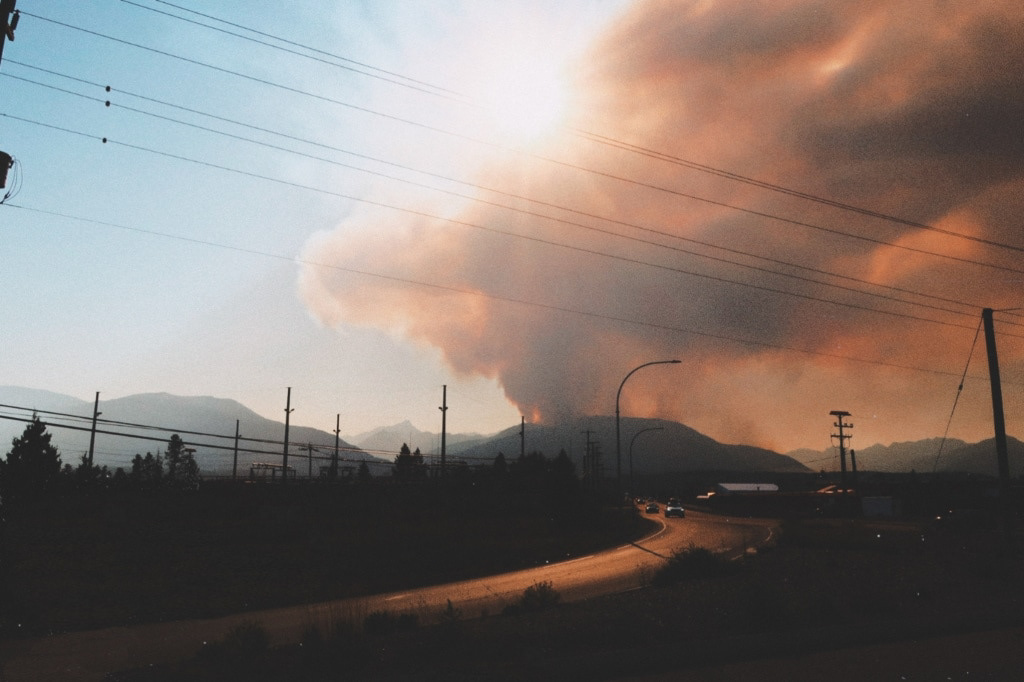
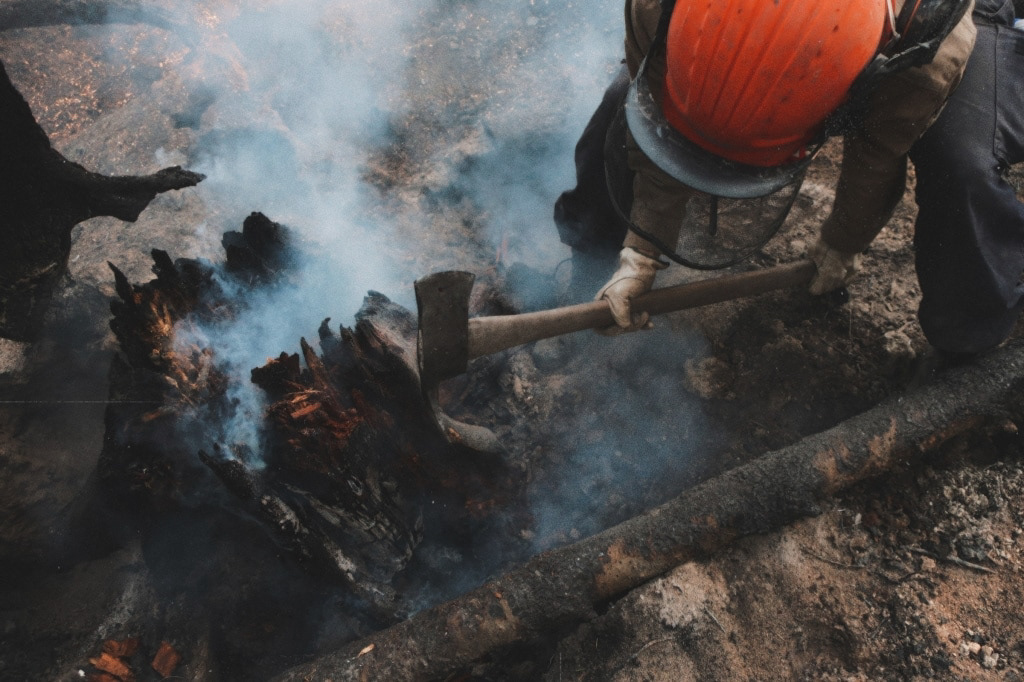
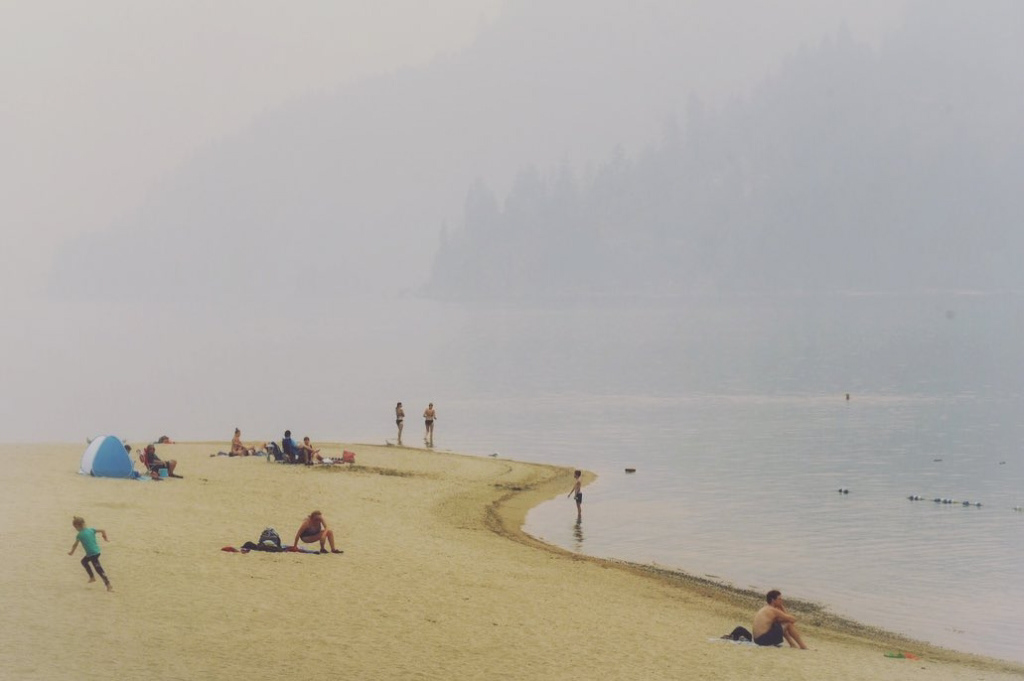
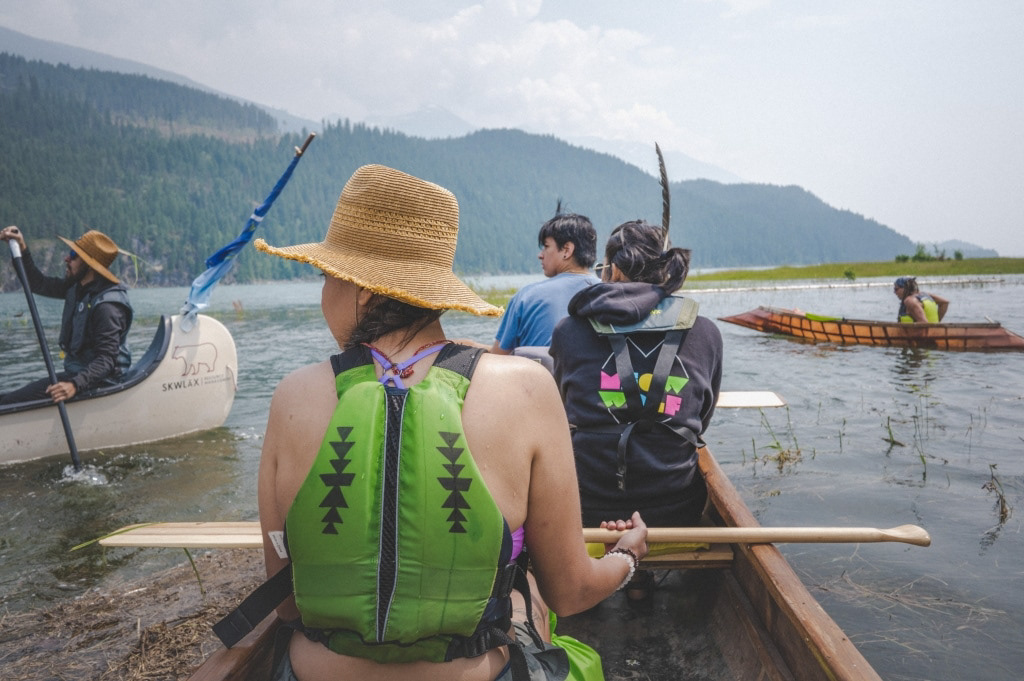
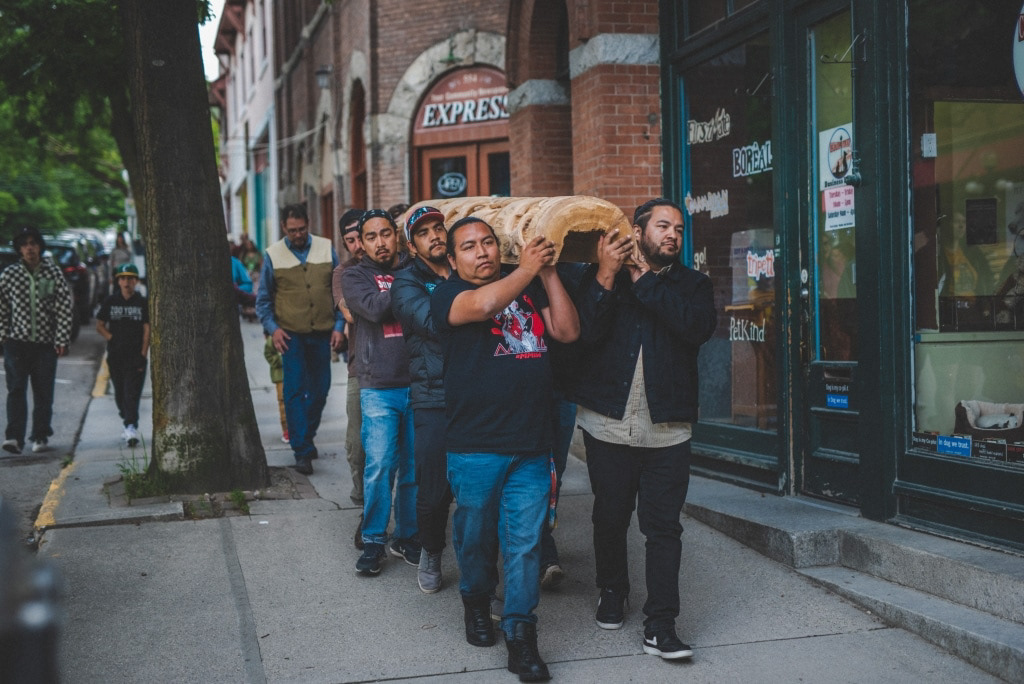

Counting sheep: saving a bighorn herd in the Rockies
"Between a mysterious illness, dangerous weather and vanishing habitat, a herd of bighorn sheep almost disappeared from Tobacco Plains Indian Band’s backyard. To bring them back means returning the land to how it looked generations ago"
"Between a mysterious illness, dangerous weather and vanishing habitat, a herd of bighorn sheep almost disappeared from Tobacco Plains Indian Band’s backyard. To bring them back means returning the land to how it looked generations ago"
By Steph Kwetásel’wet Wood
Photography by Mike Graeme
Photography by Mike Graeme

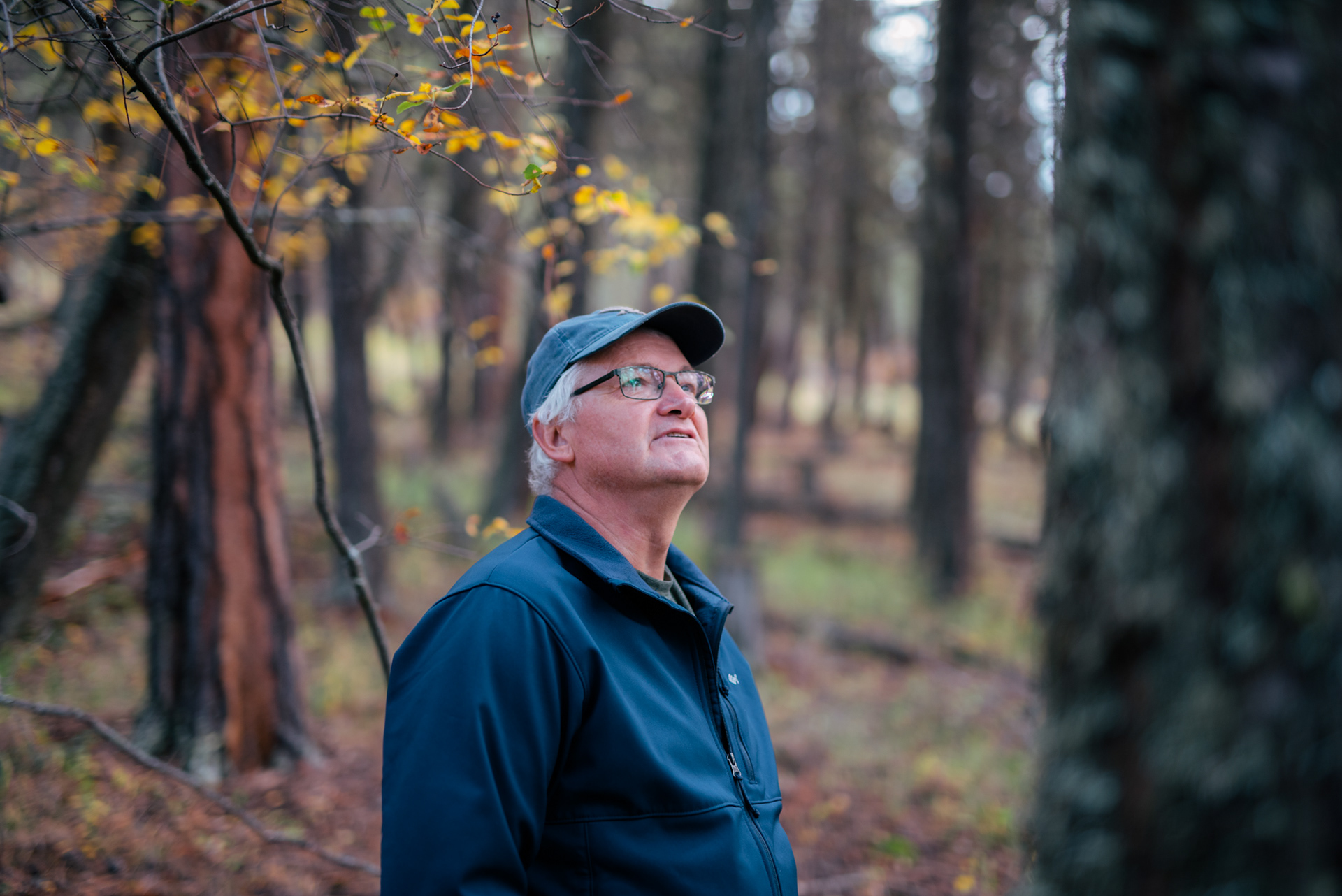
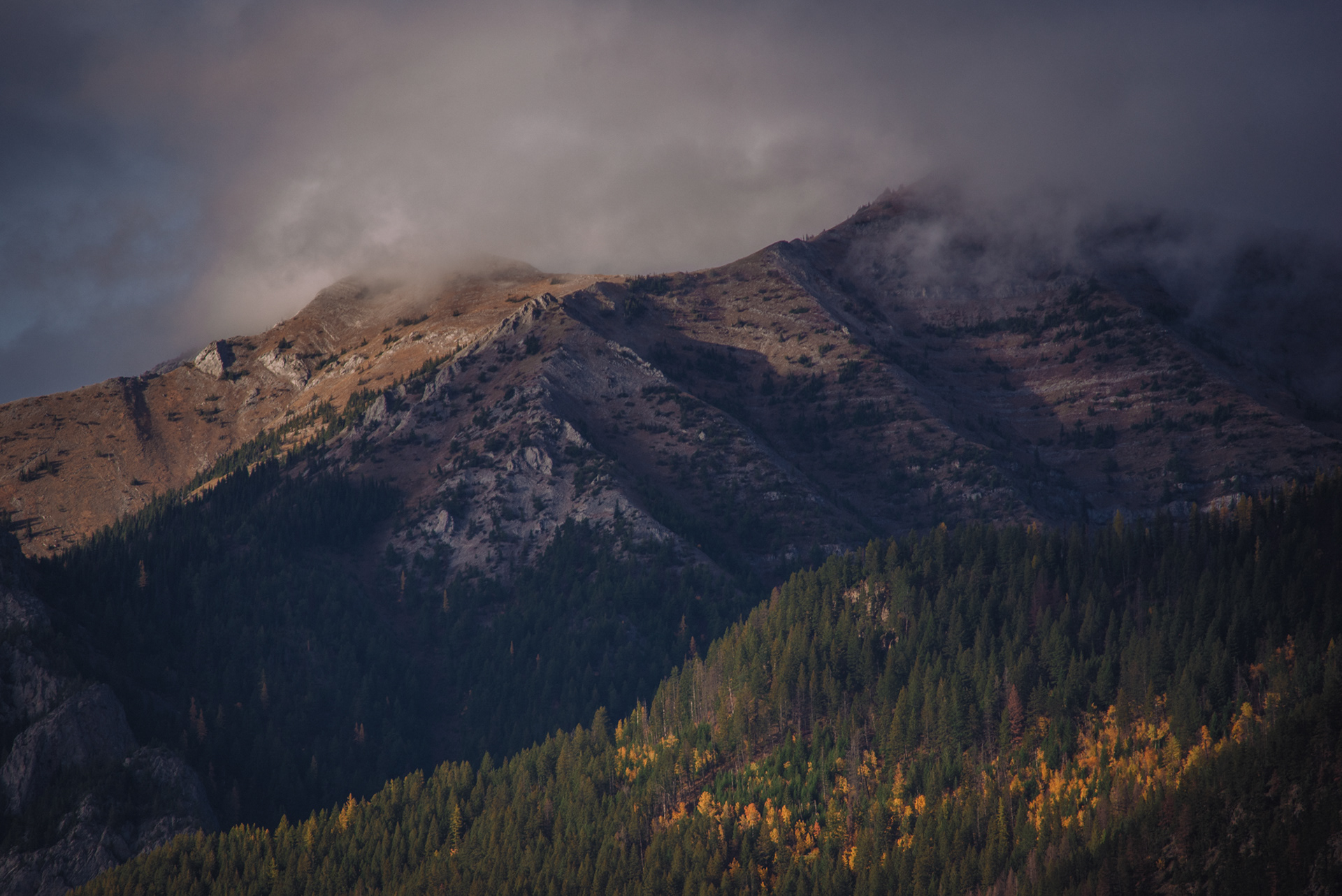
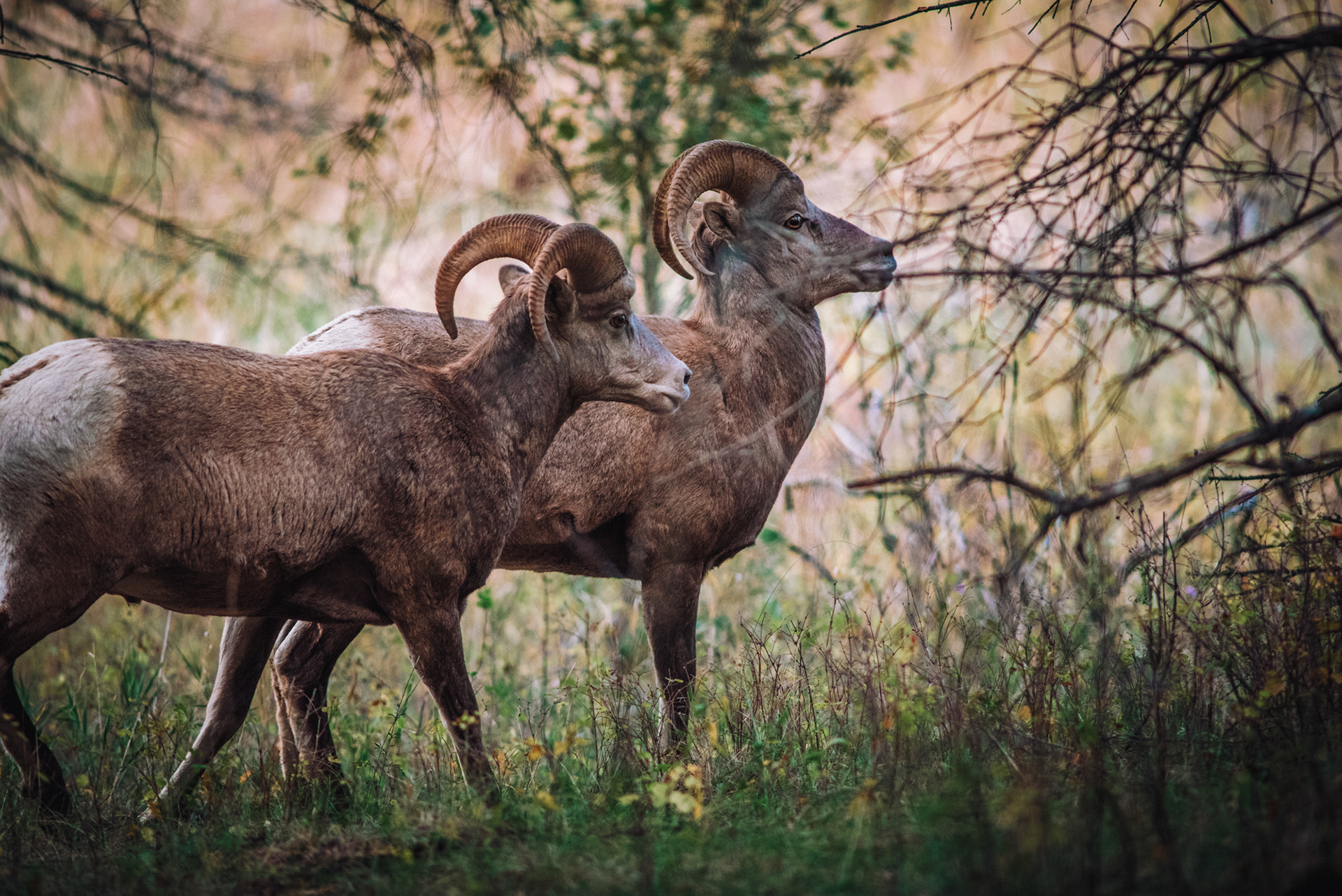
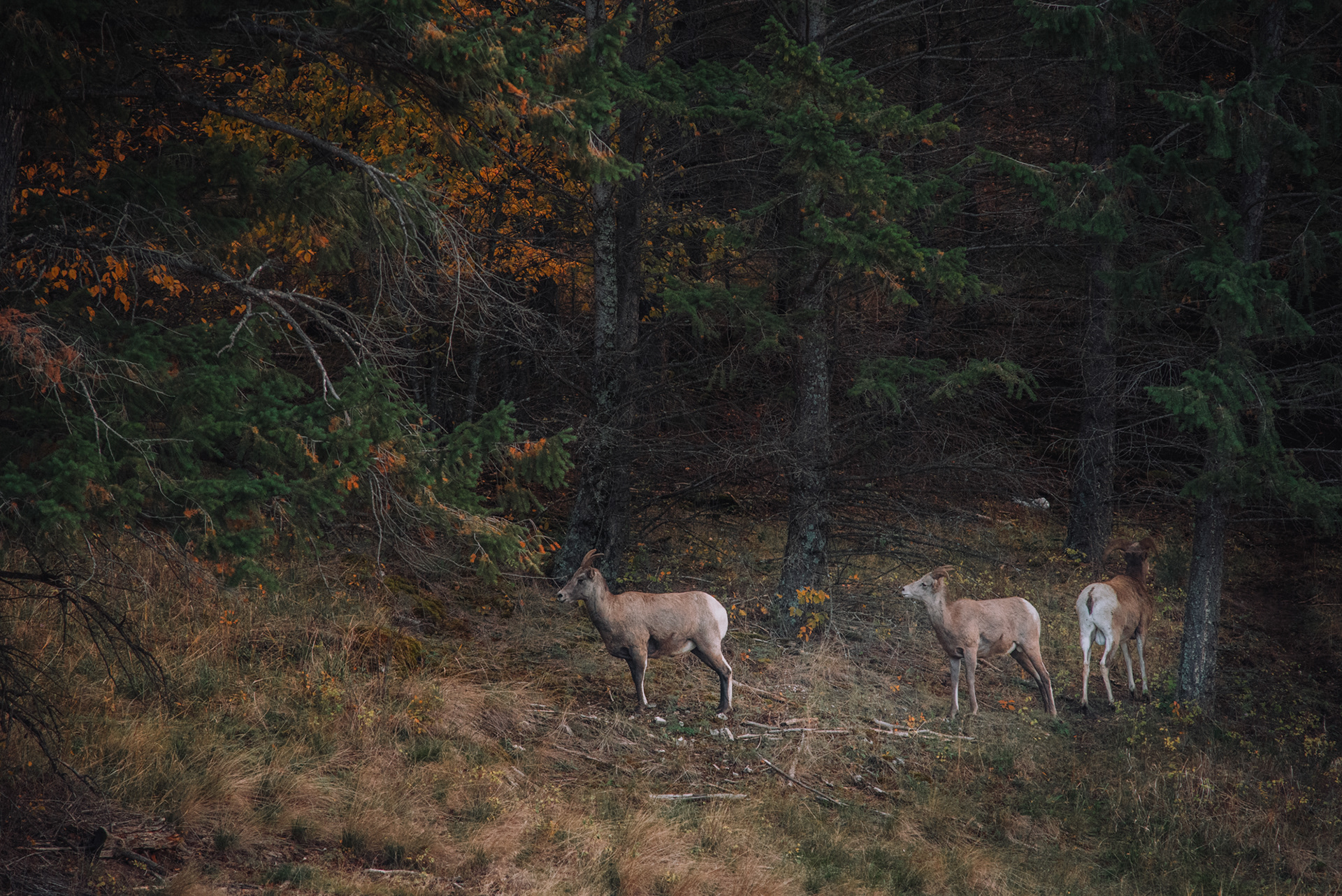
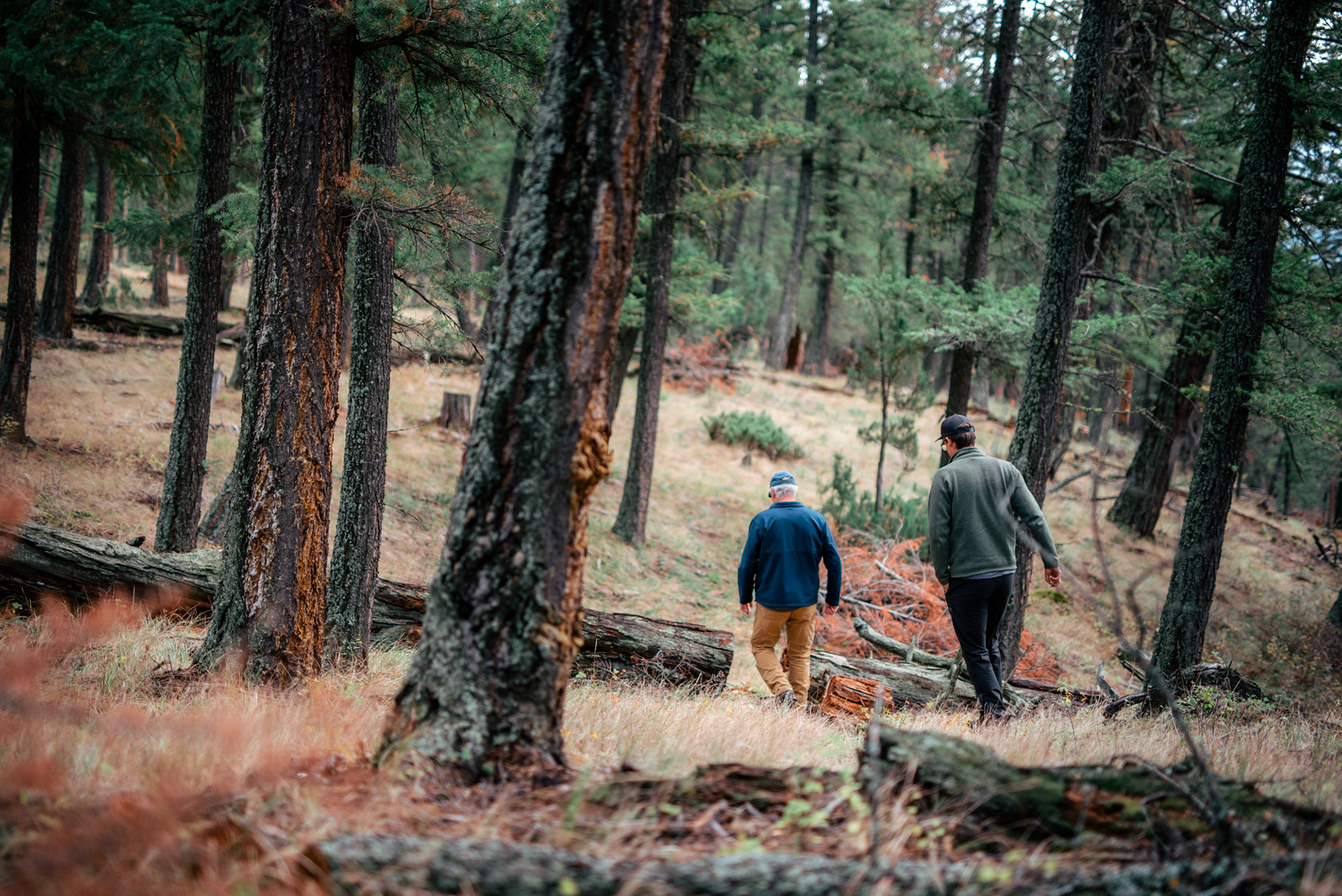

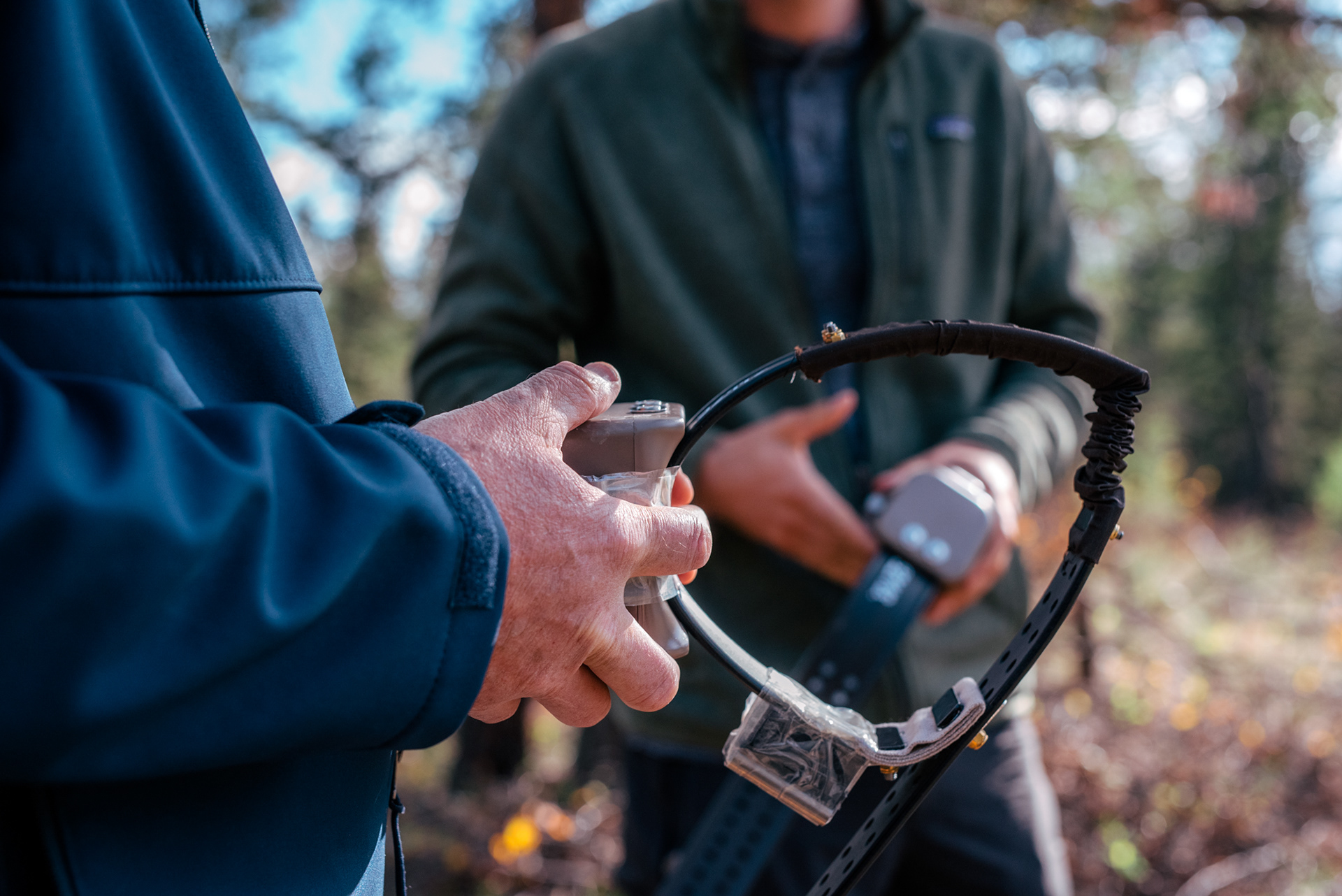
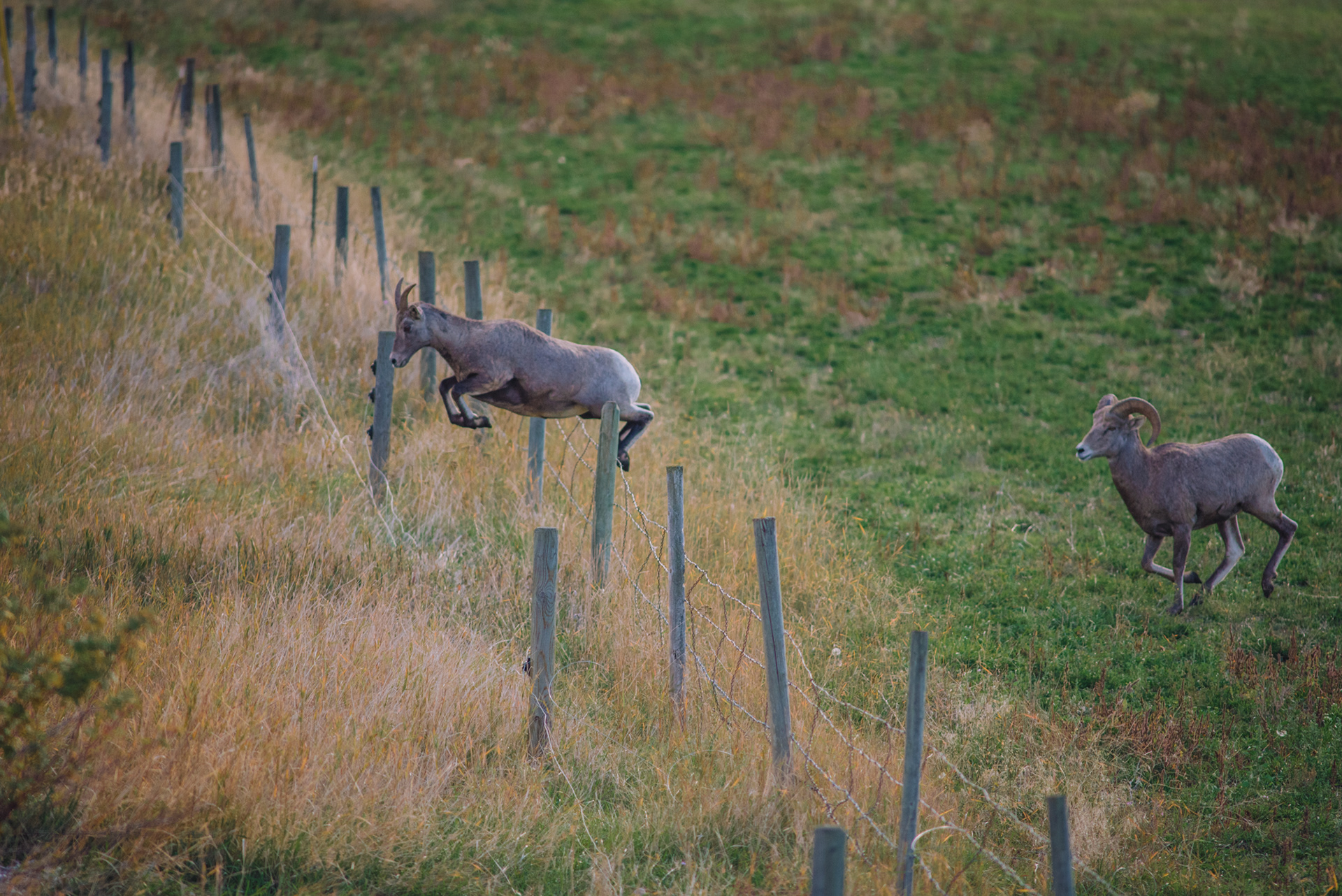
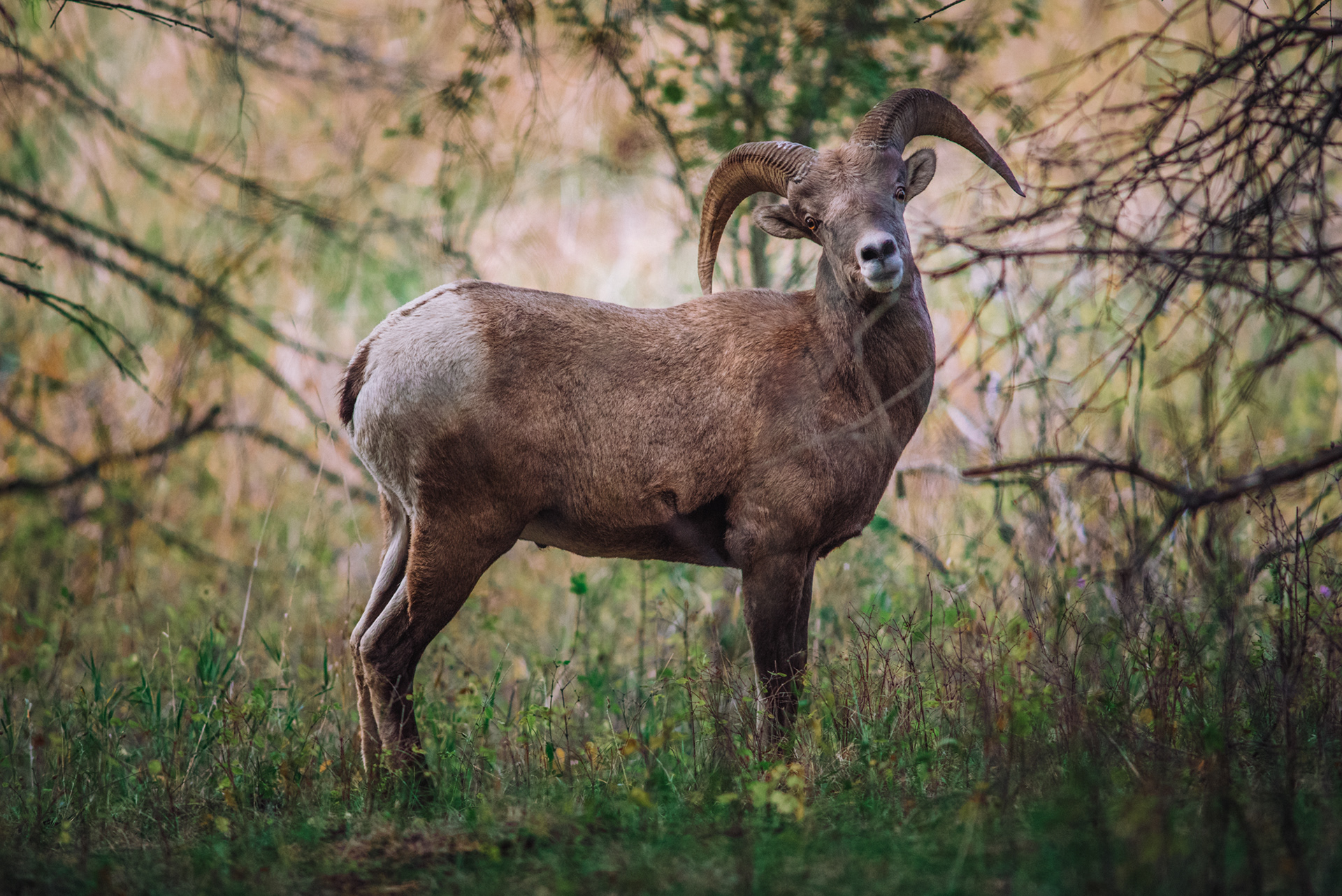

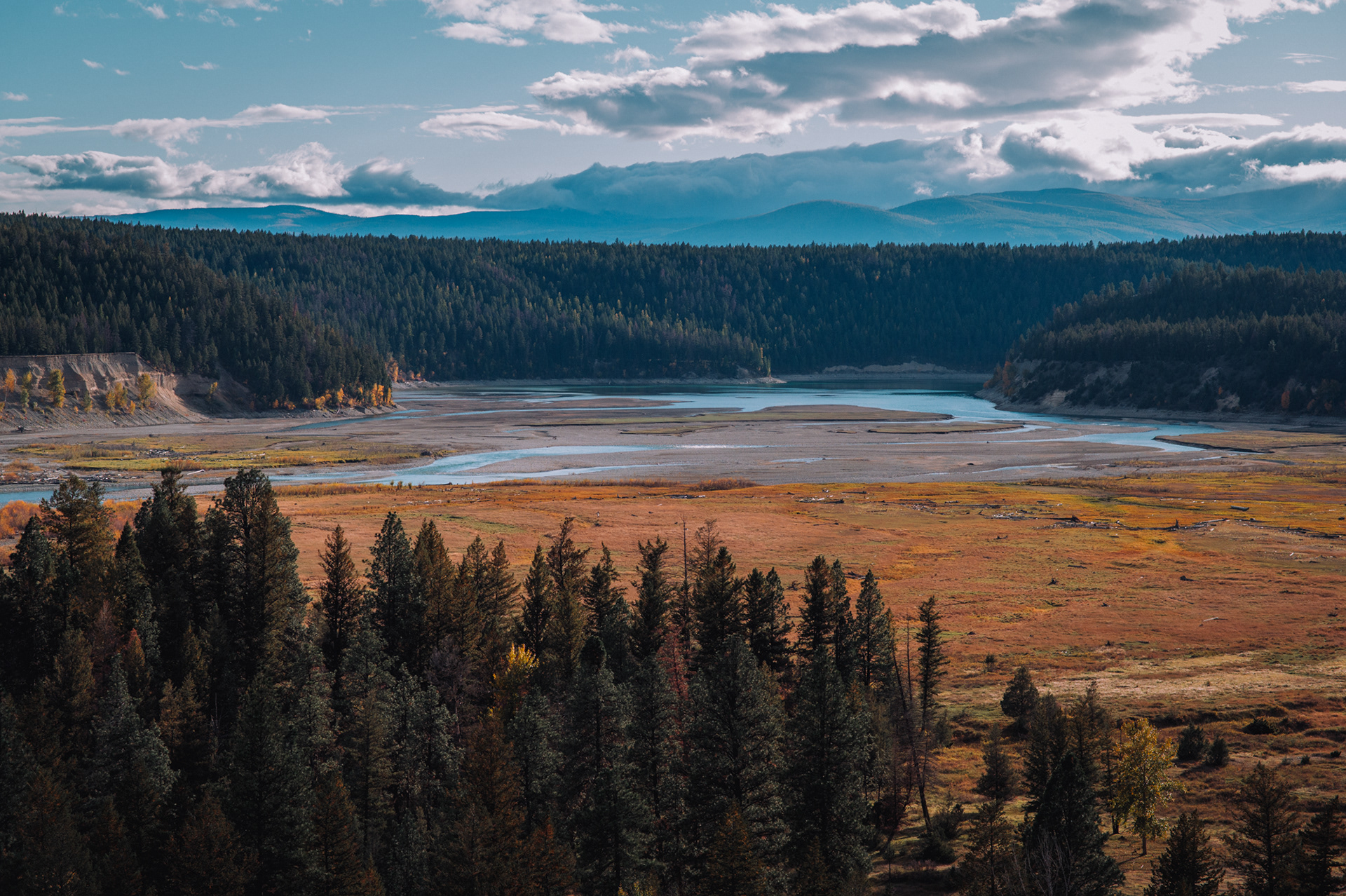
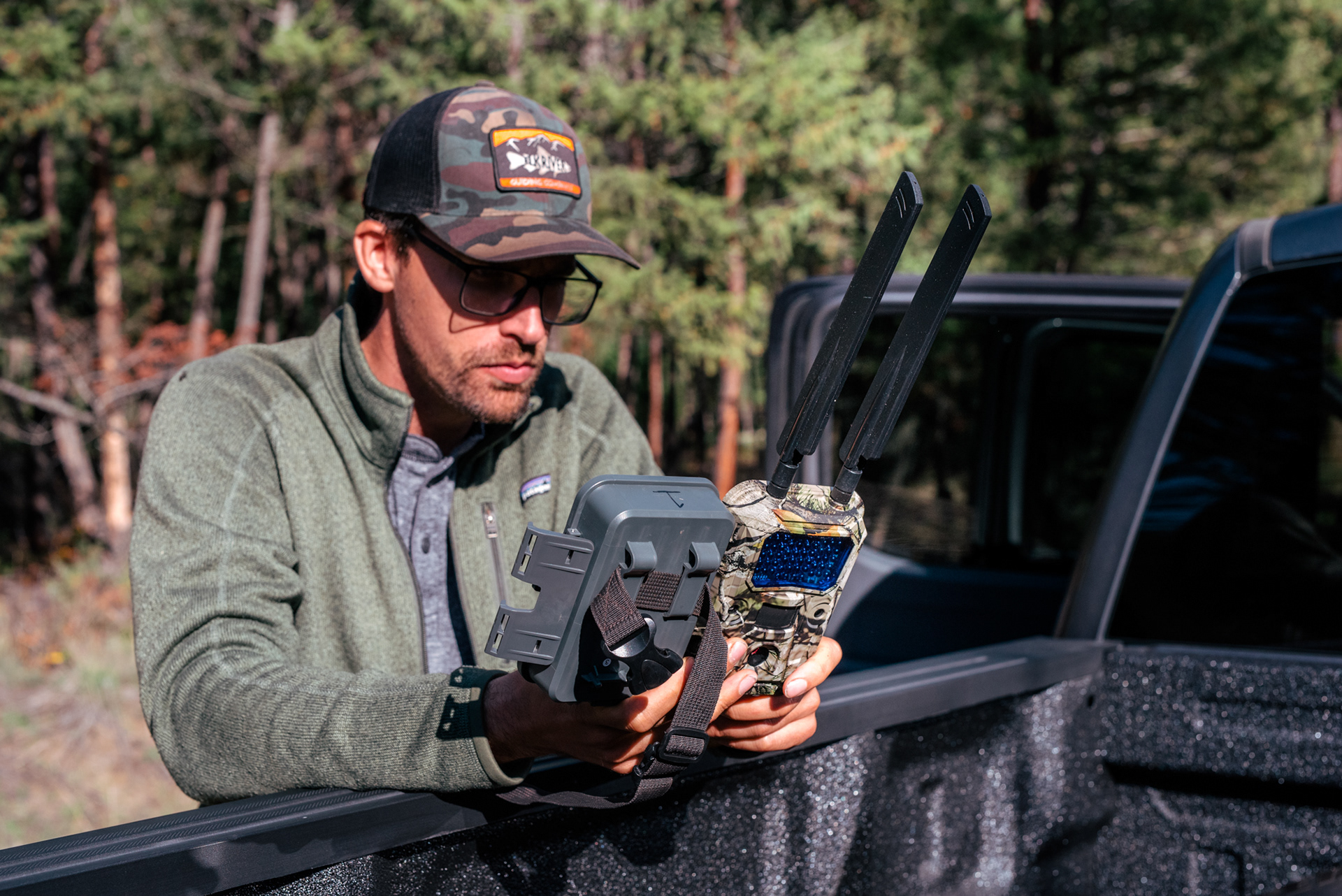
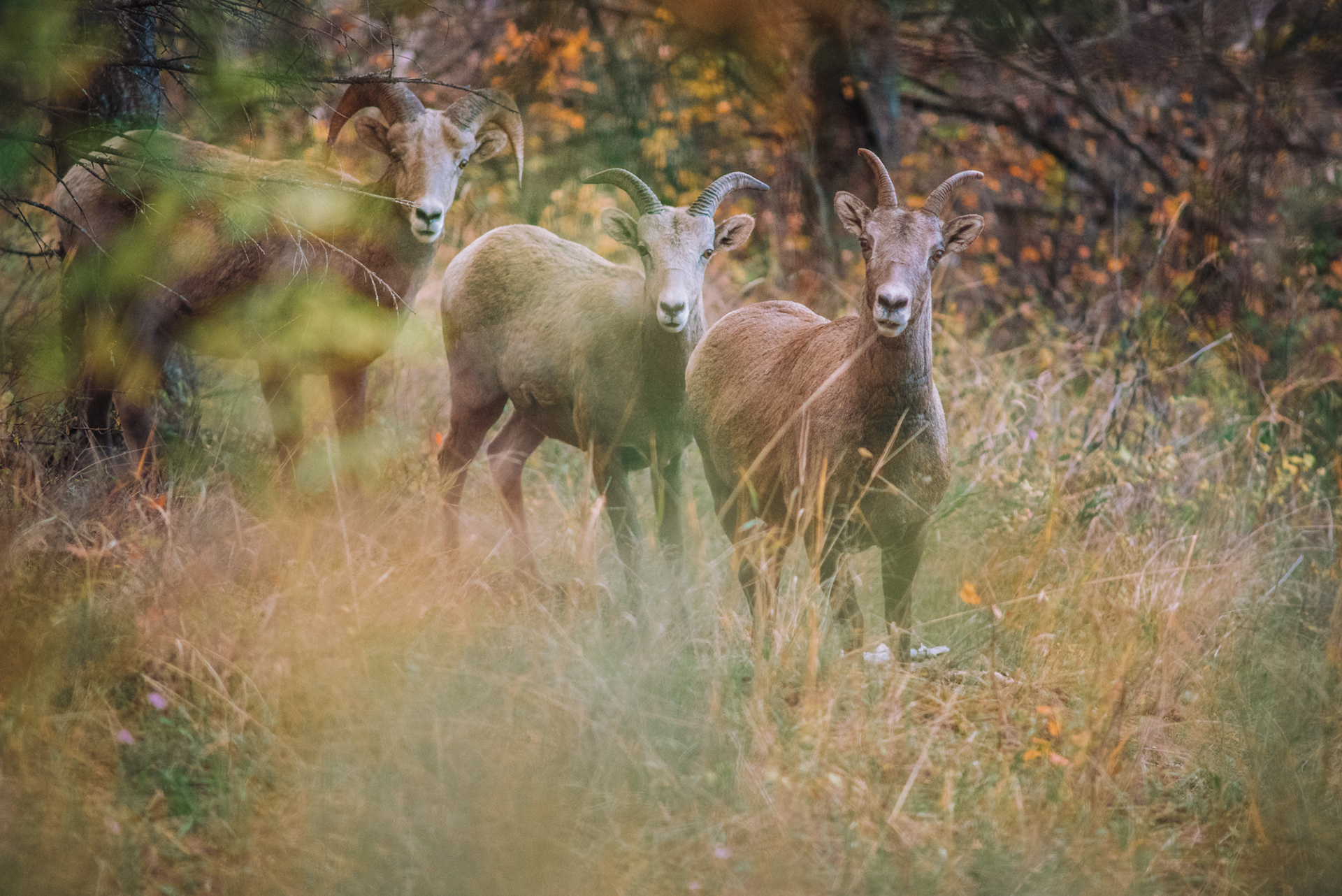
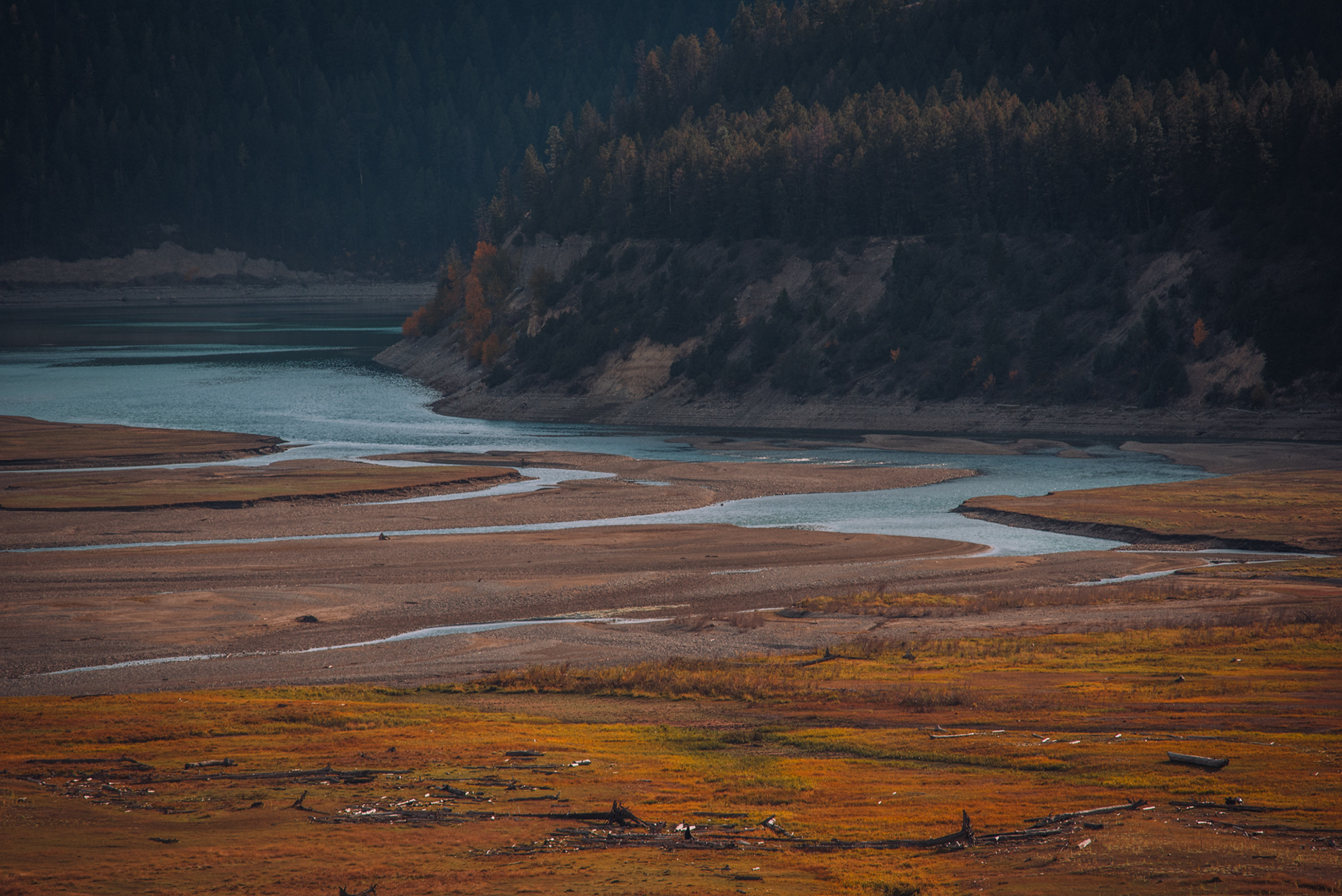
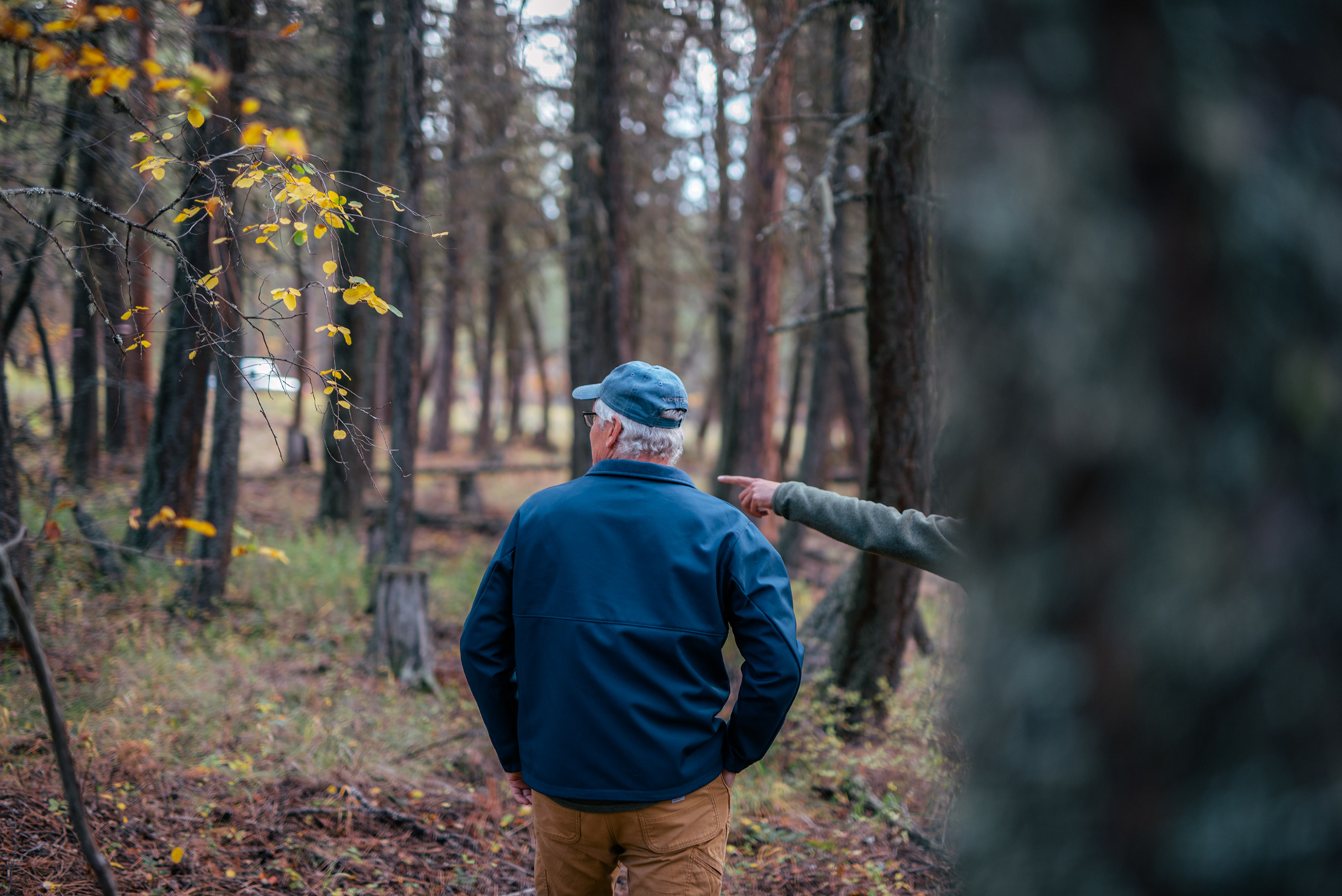
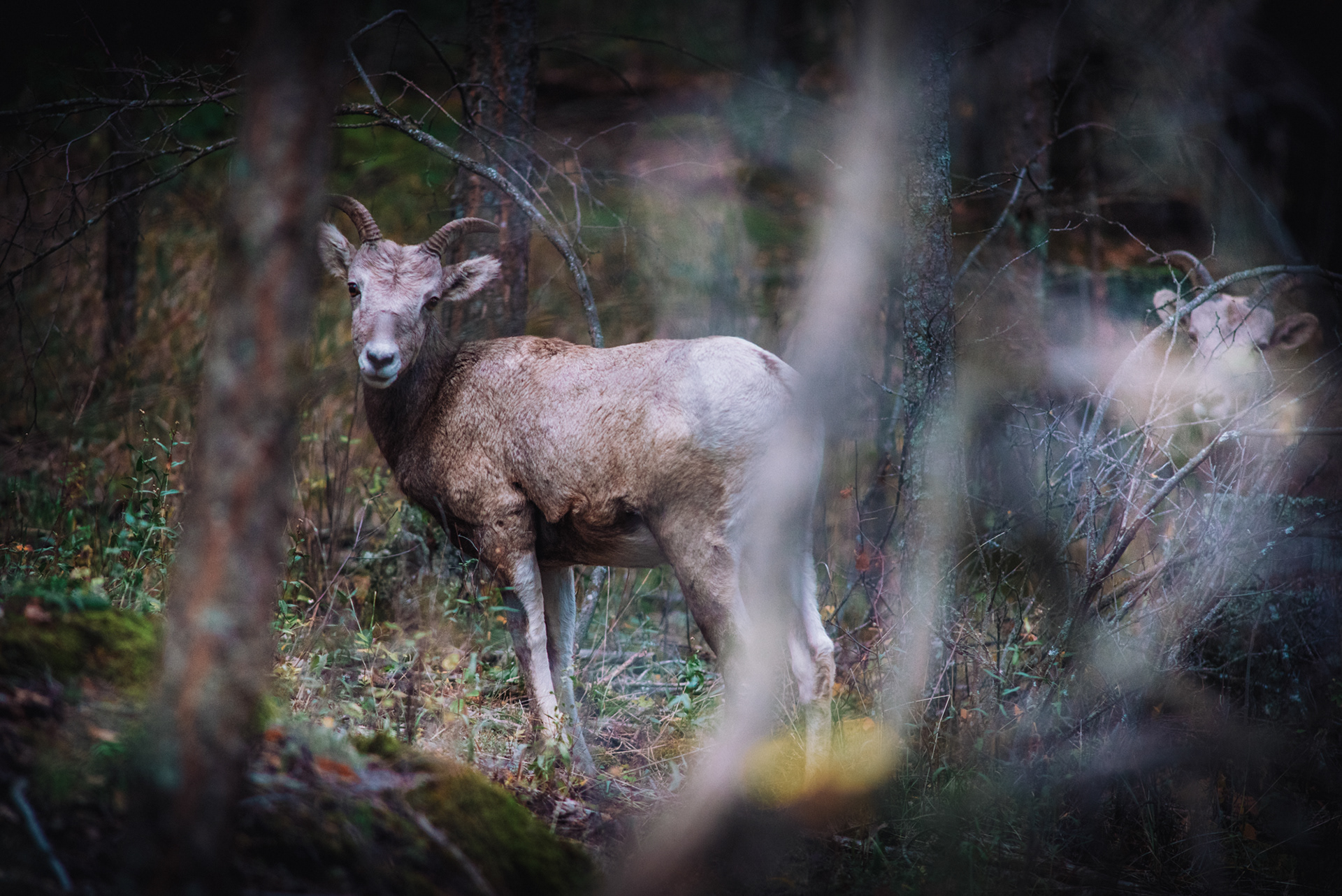
After years of exploitation, the iconic Cowichan sweater is being protected with a new fair-trade program
New VNFC social enterprise offers knitters a sustainable price for their work, aiming to preserve the authenticity of the craft which is ‘so much more than clothing’

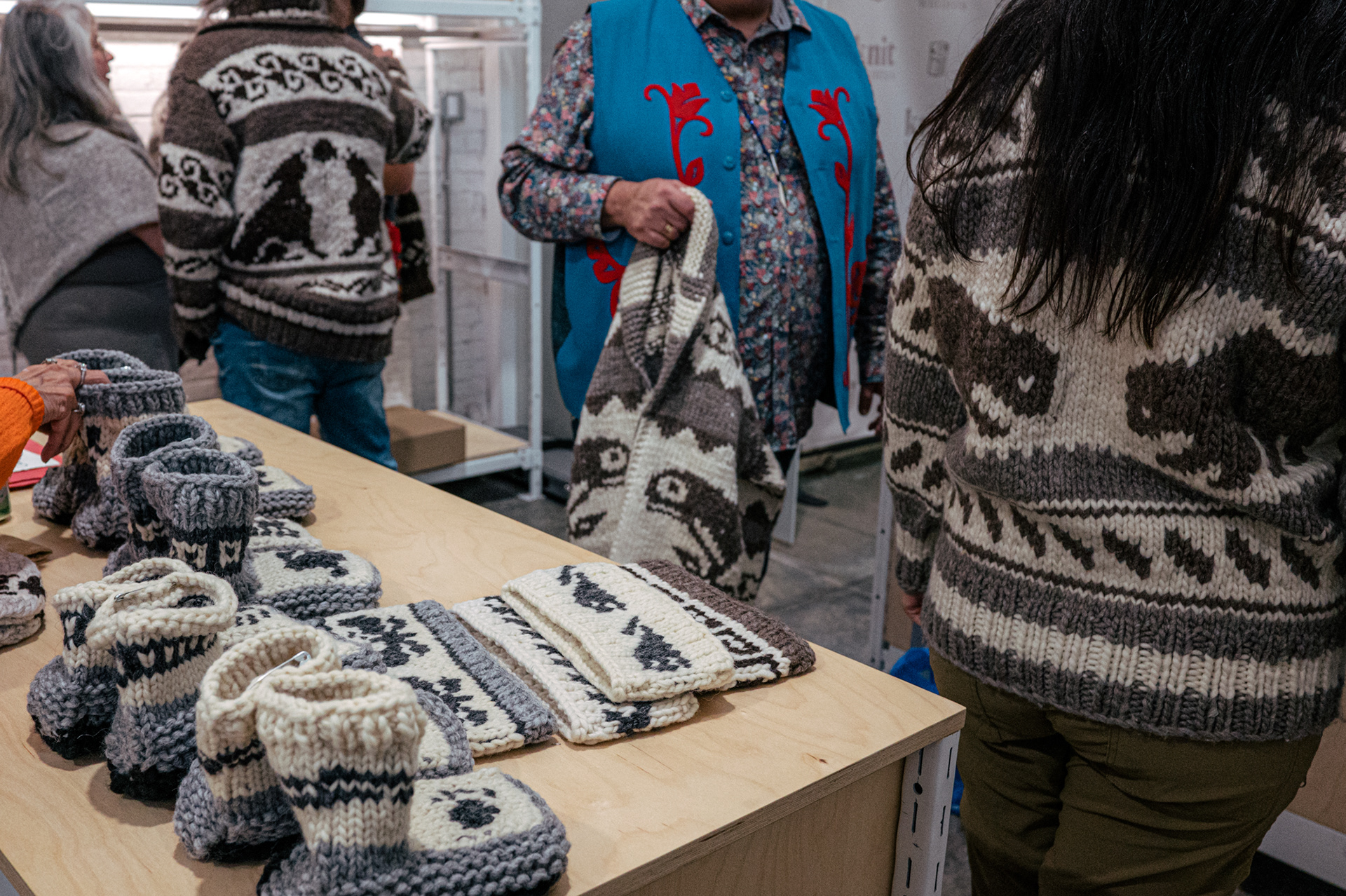

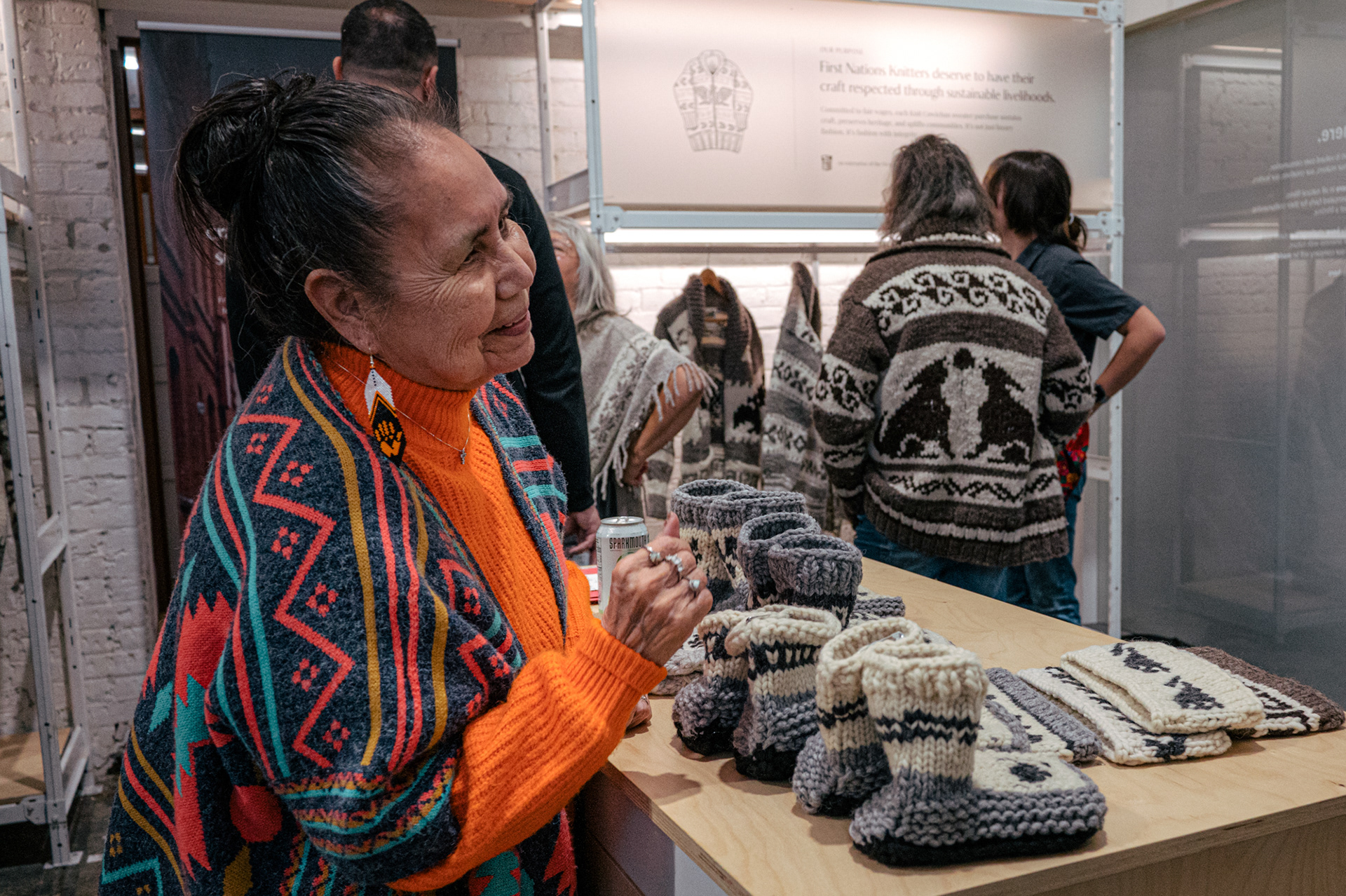
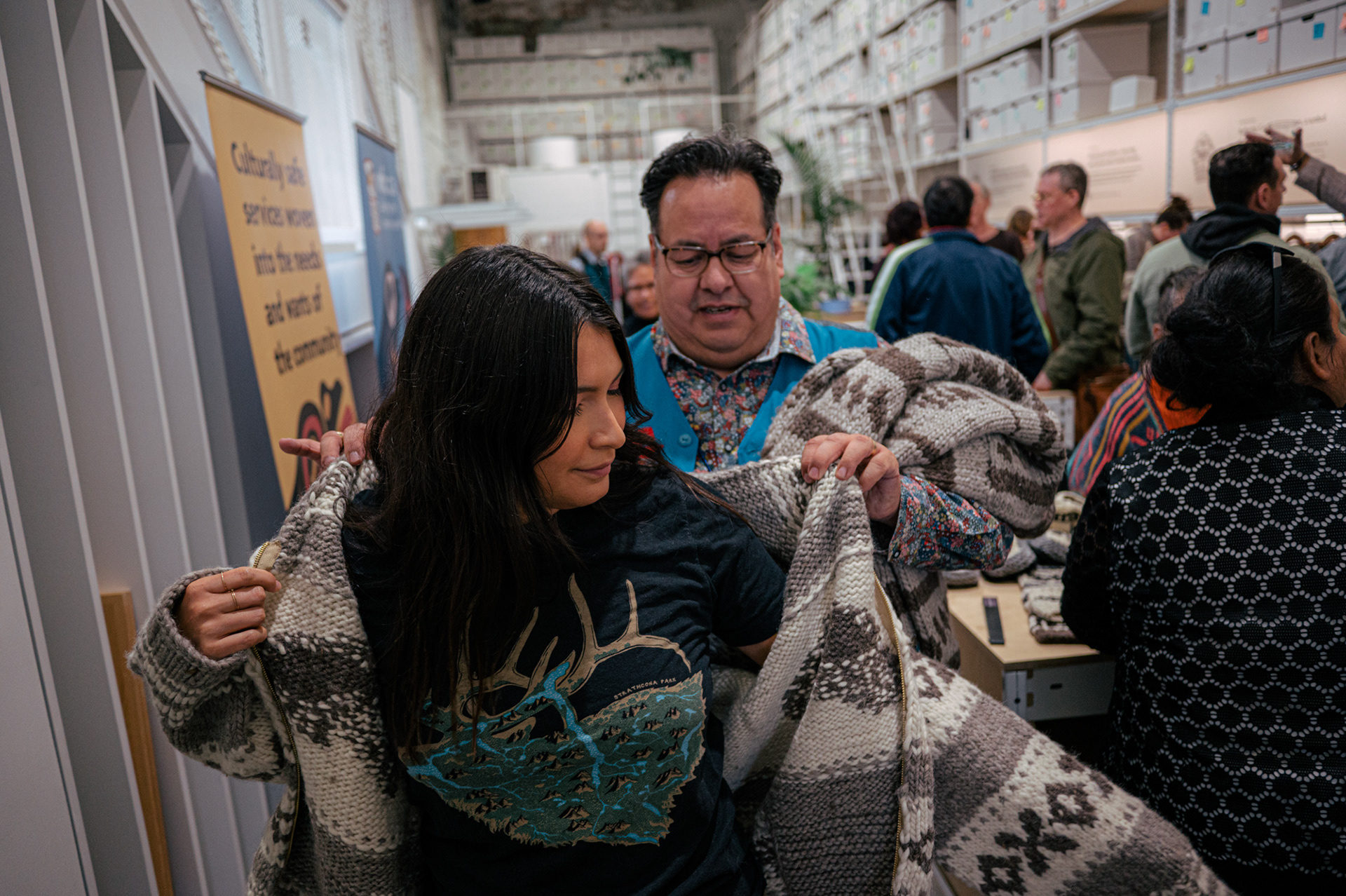
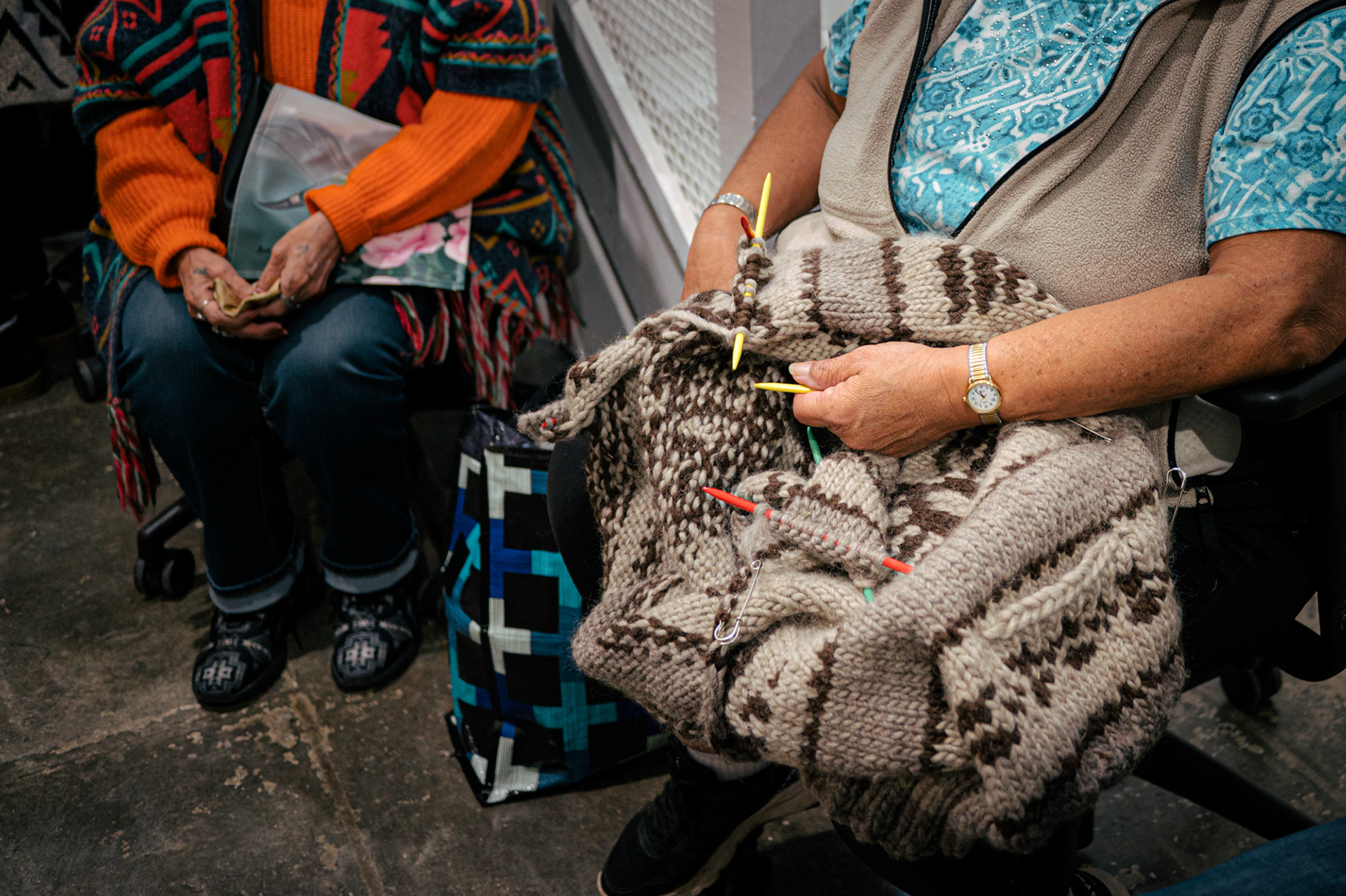
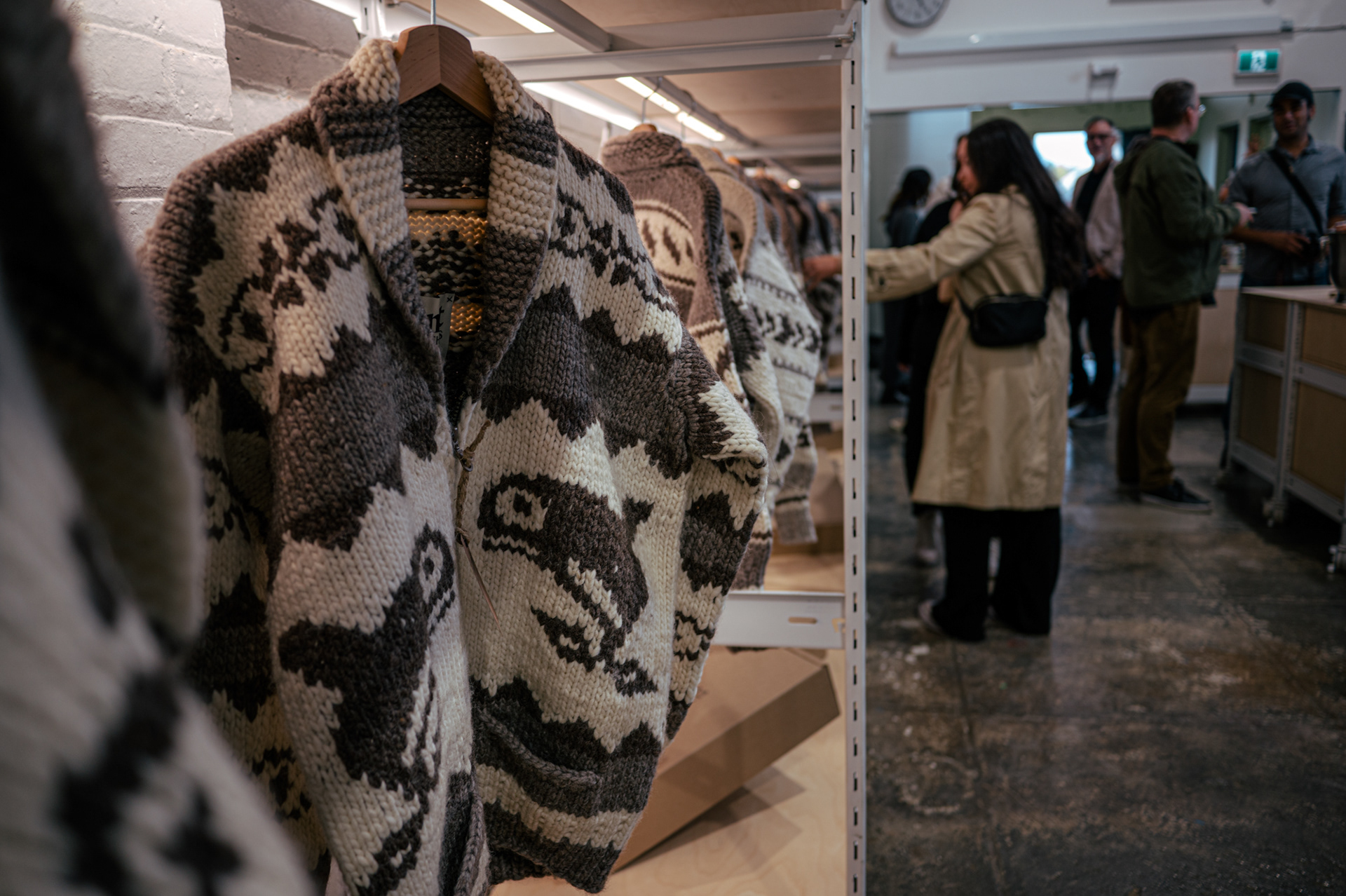
Sinixt finally gather to celebrate their Supreme Court win
By Steph Kwetásel’wet Wood
Photography by Mike Graeme
Photography by Mike Graeme
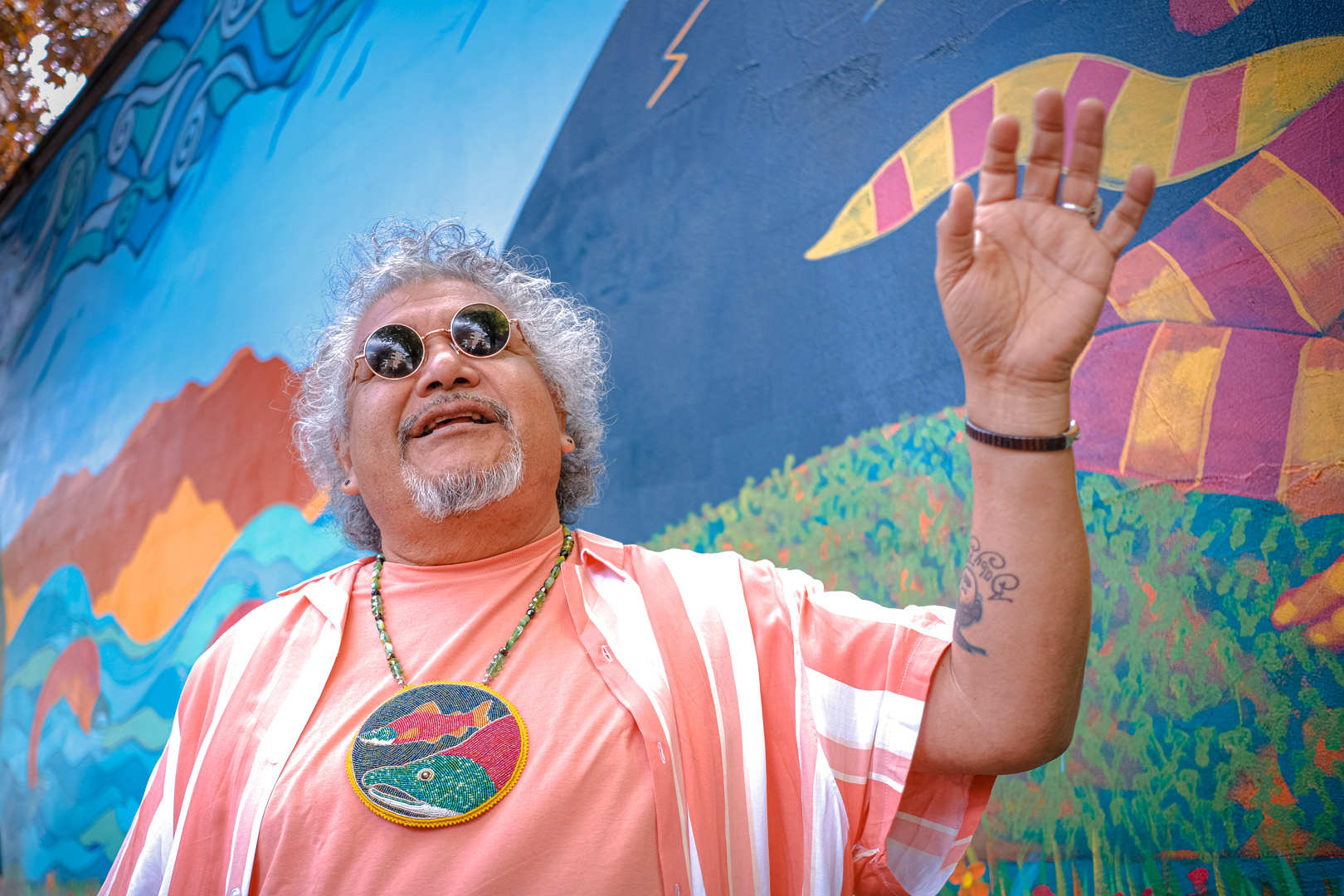
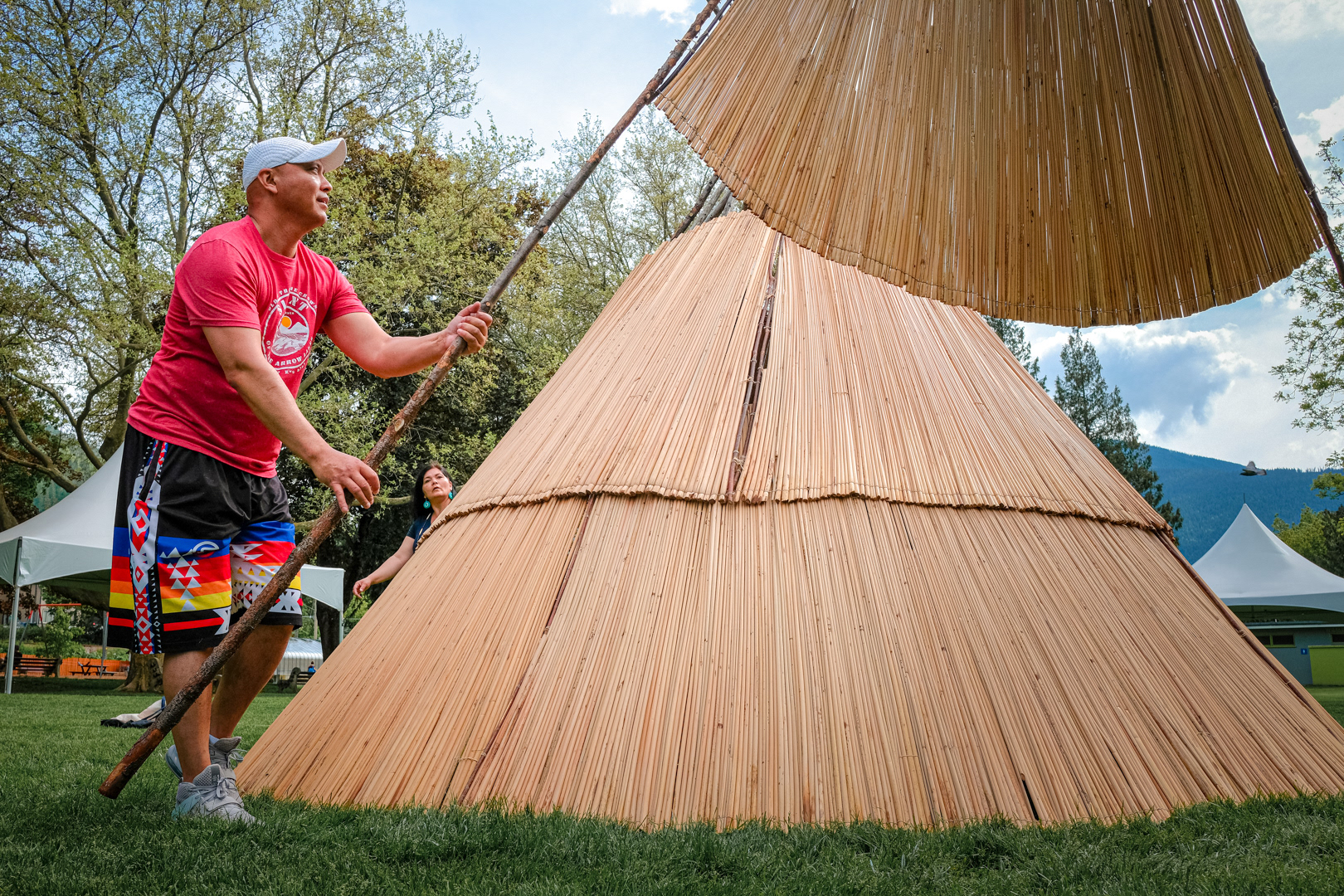

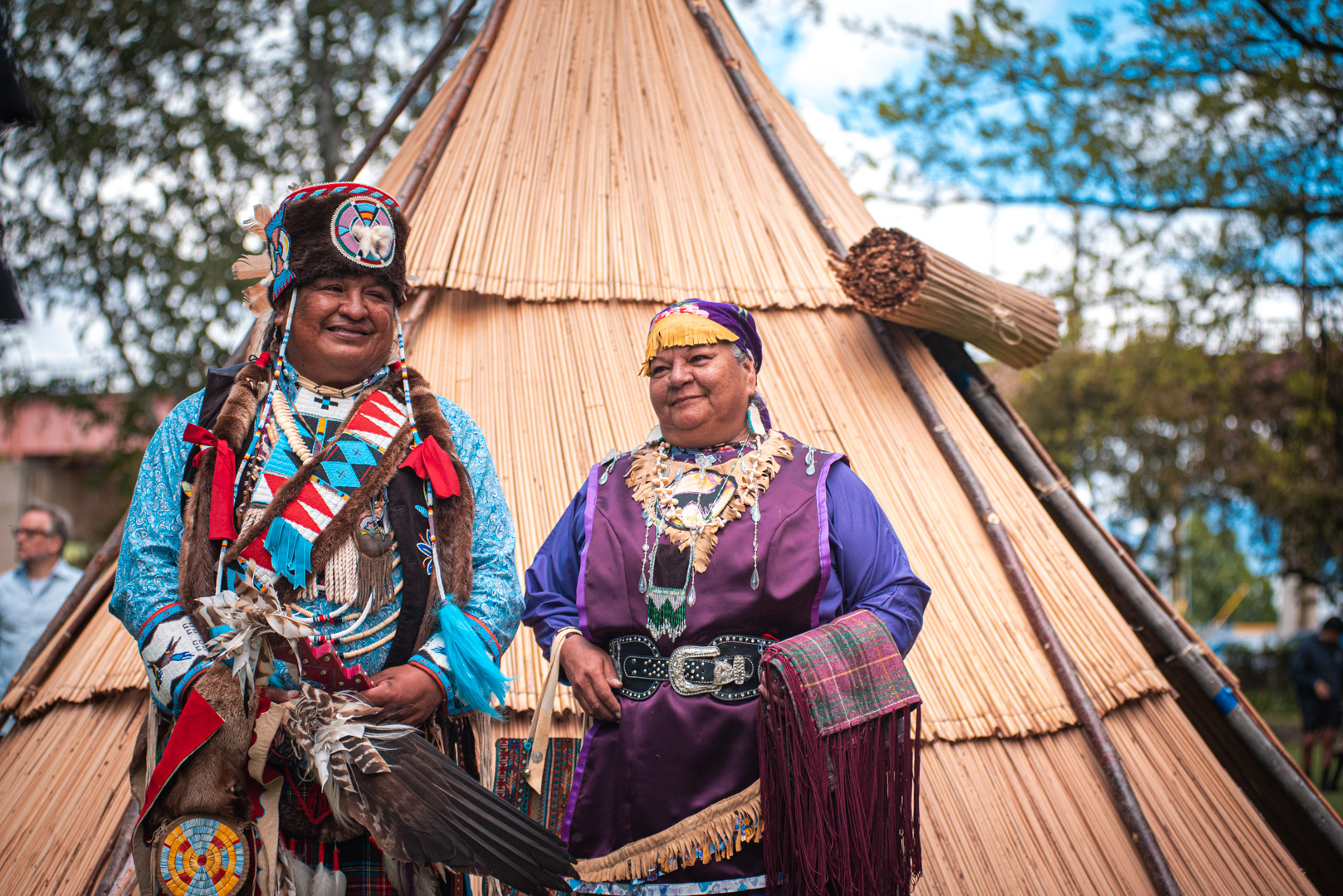
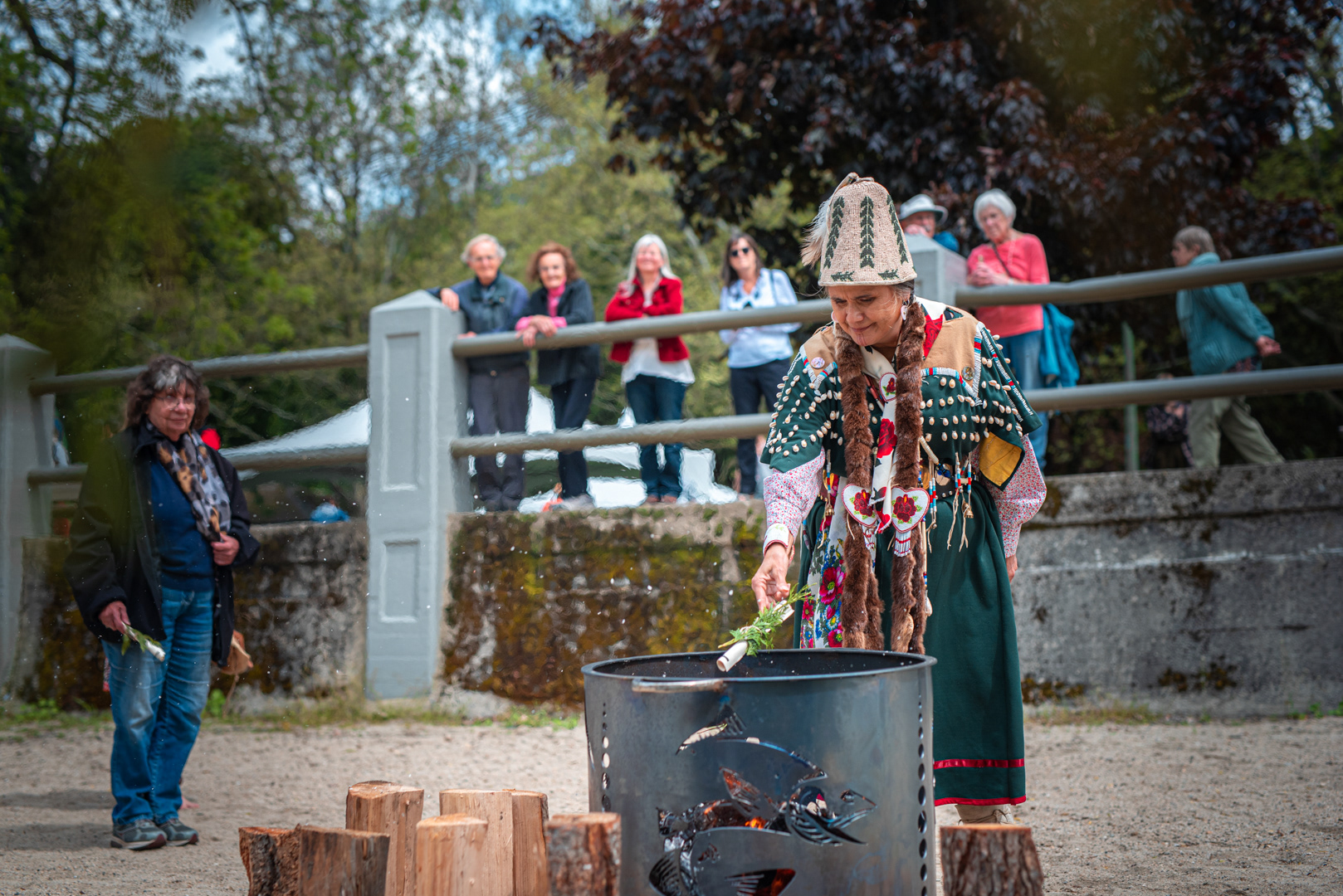
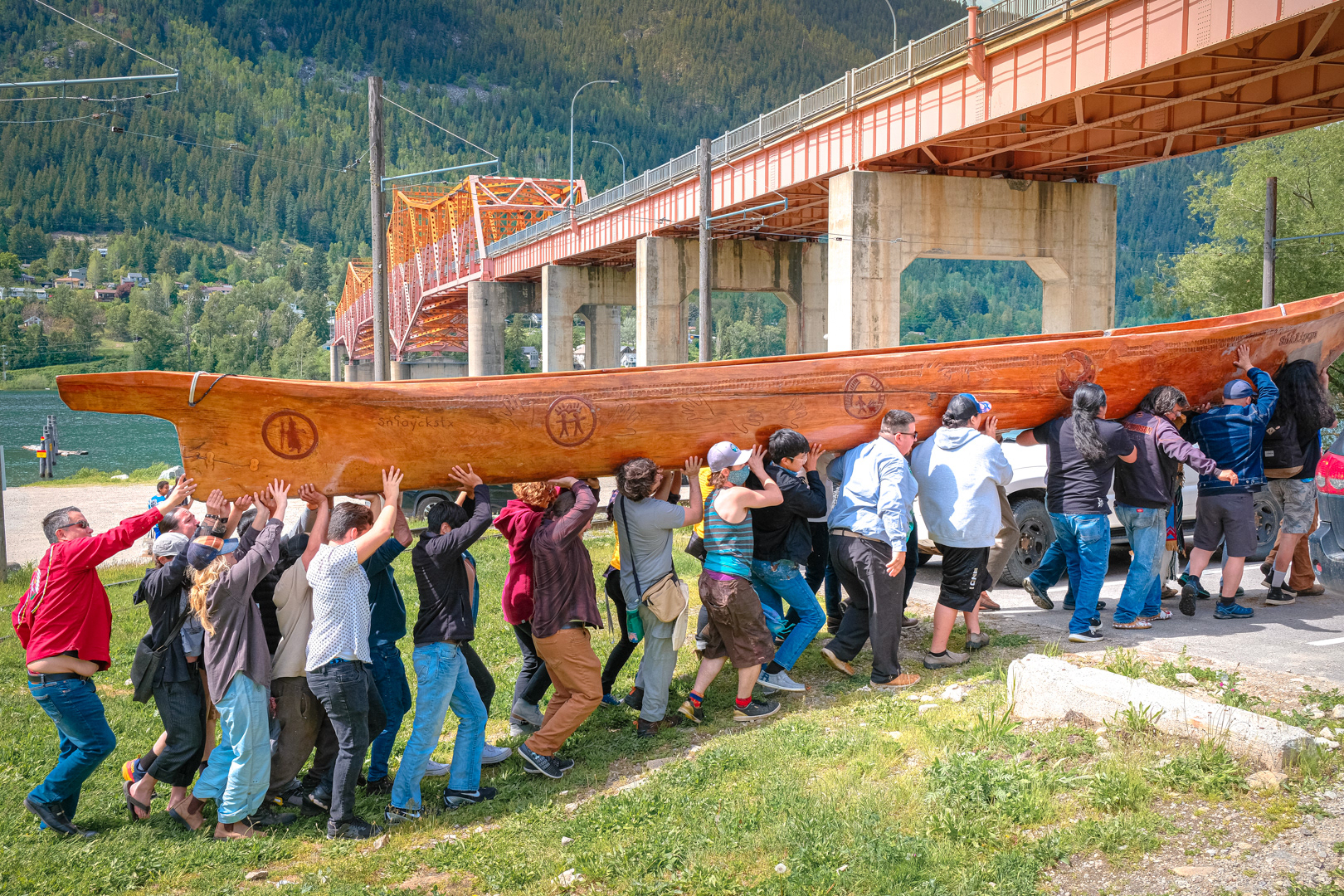
Landscape cover and other images by Mike Graeme, 2022.
"This compact book records a quest for understanding, to find the story behind the Snayackstx (Sinixt) First Nation. Known in the United States as the Arrow Lakes Indians of the Colville Confederated Tribes, the tribe lived along the upper Columbia River and its tributaries for thousands of years. In a story unique to First Nations in Canada, the Canadian federal government declared them 'extinct' in 1956, eliminating with the stroke of a pen this tribe’s ability to legally access 80 per cent of their trans-boundary traditional territory."
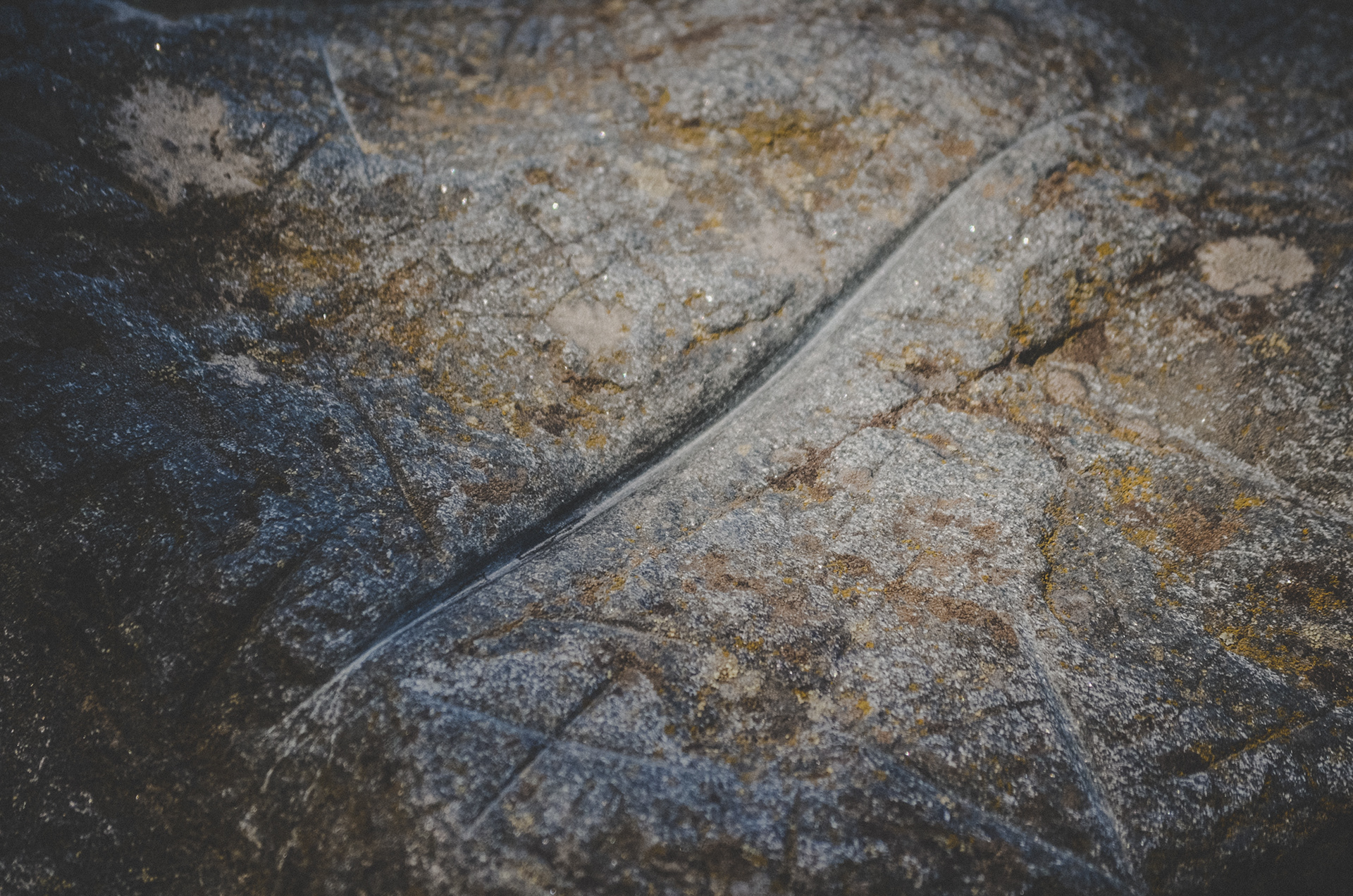
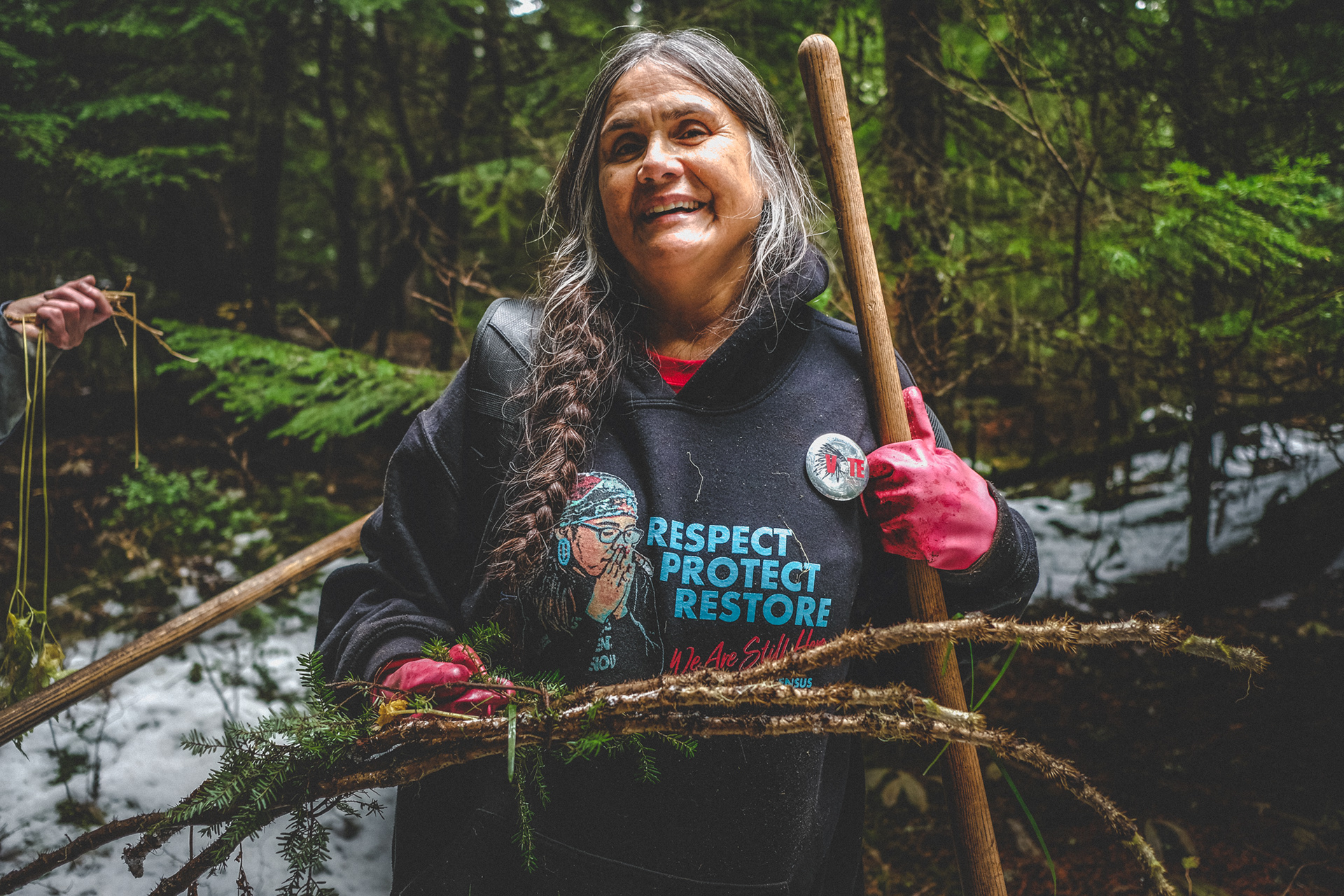
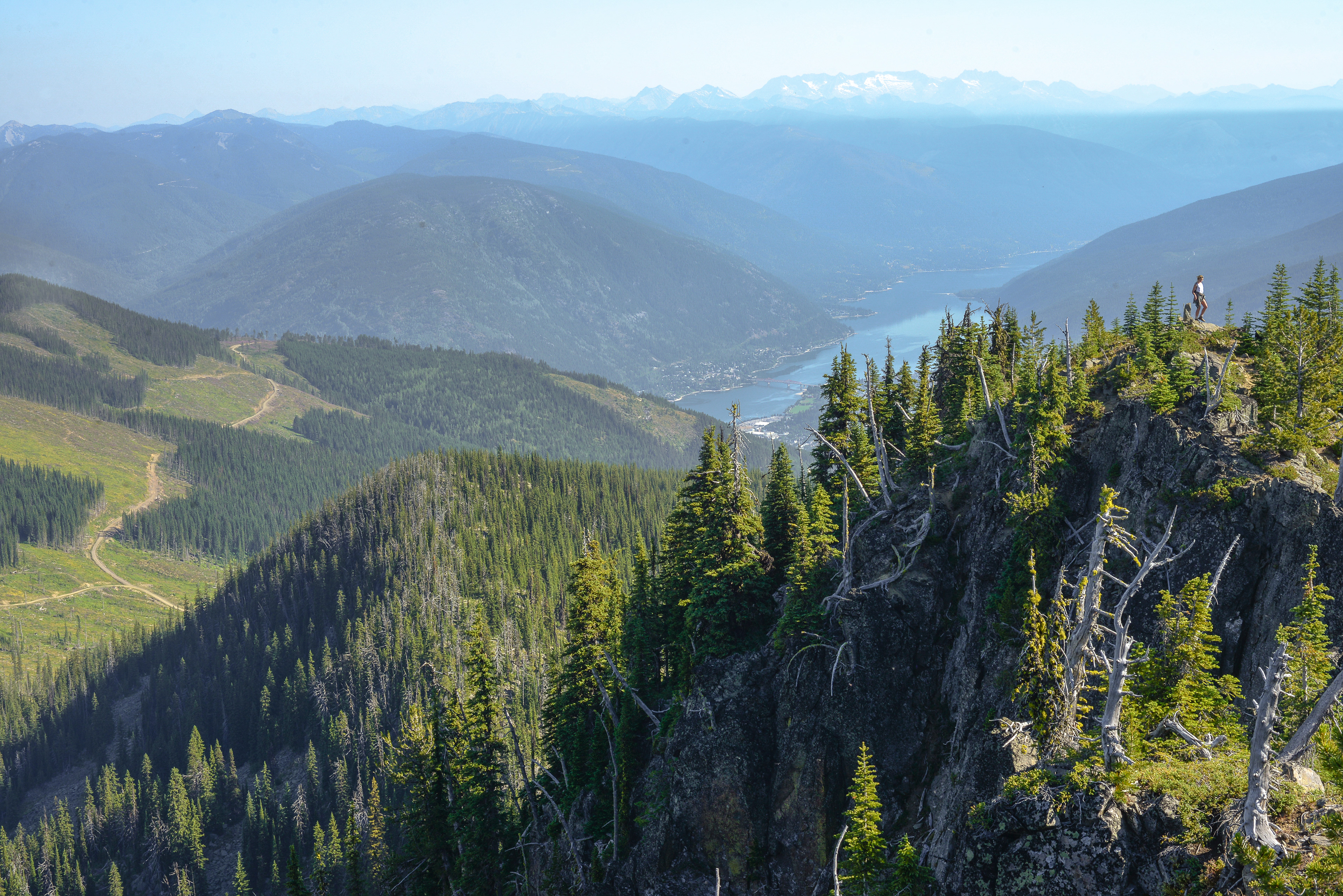


Display Case Title: Protecting the Land and Water.
Main text: "Many Indigenous youth are opposed to the exploitation of fossil fuels. They stand against pipelines to prevent harm to the land and all its living beings. They denounce the impacts of oil and gas projects on communities already experiencing discrimination, abuses and violations."
Image caption: "Indigenous land defenders Aya Clappis (left) and Madeline Muzilh K-N (right) standing in solidarity with Wet’suwet’en against the Coastal GasLink pipeline, Victoria, 2020. For them, pipelines are linked to ongoing colonial violence against Indigenous peoples."
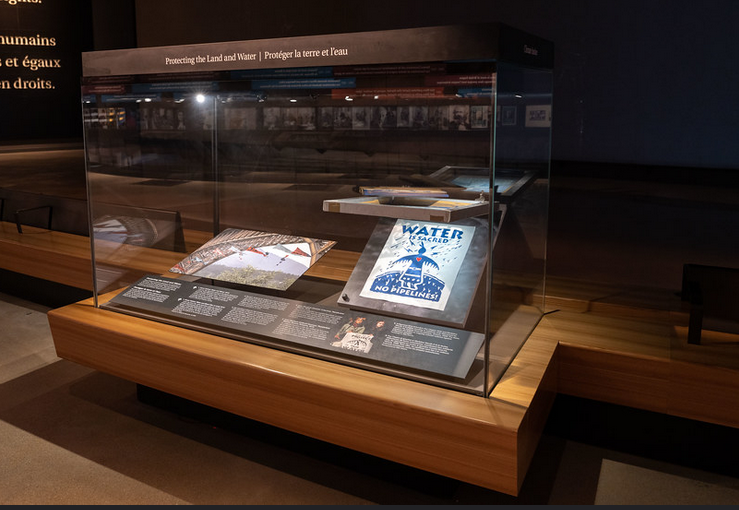
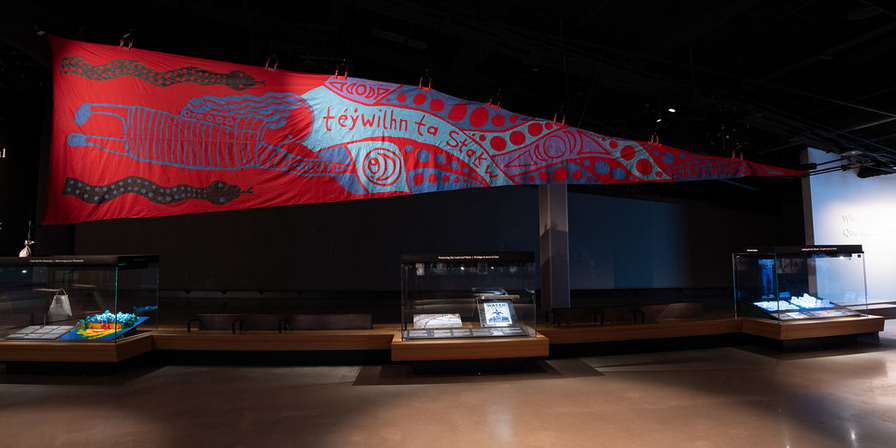

"Many Canadians think old-growth forests are protected from logging. Turns out, Indigenous people and a scrappy band of activists are all that stands between Vancouver Island’s last old growth and logging companies."
By Jayme Moye
Photography by Mike Graeme
Photography by Mike Graeme
“We want to remind you that there is a lot of bias in policing," said Shelina Musaji. "We know that BIPOC people are disproportionately targeted in street check data, and there are higher rates of incarceration and over representation in provincial and federal prisons."
By Bill Metcalfe with photos
Photography by Mike Graeme
Photography by Mike Graeme
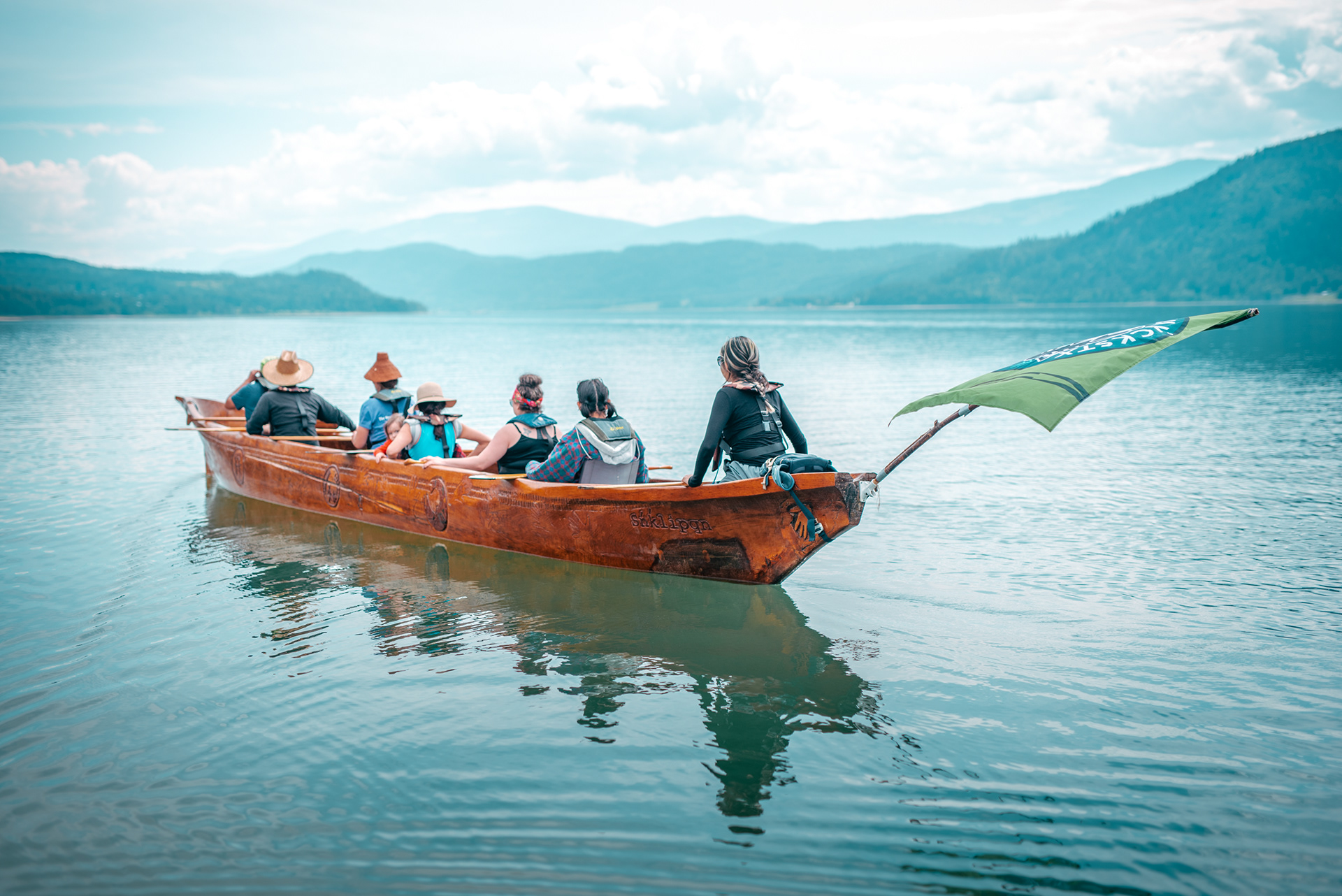
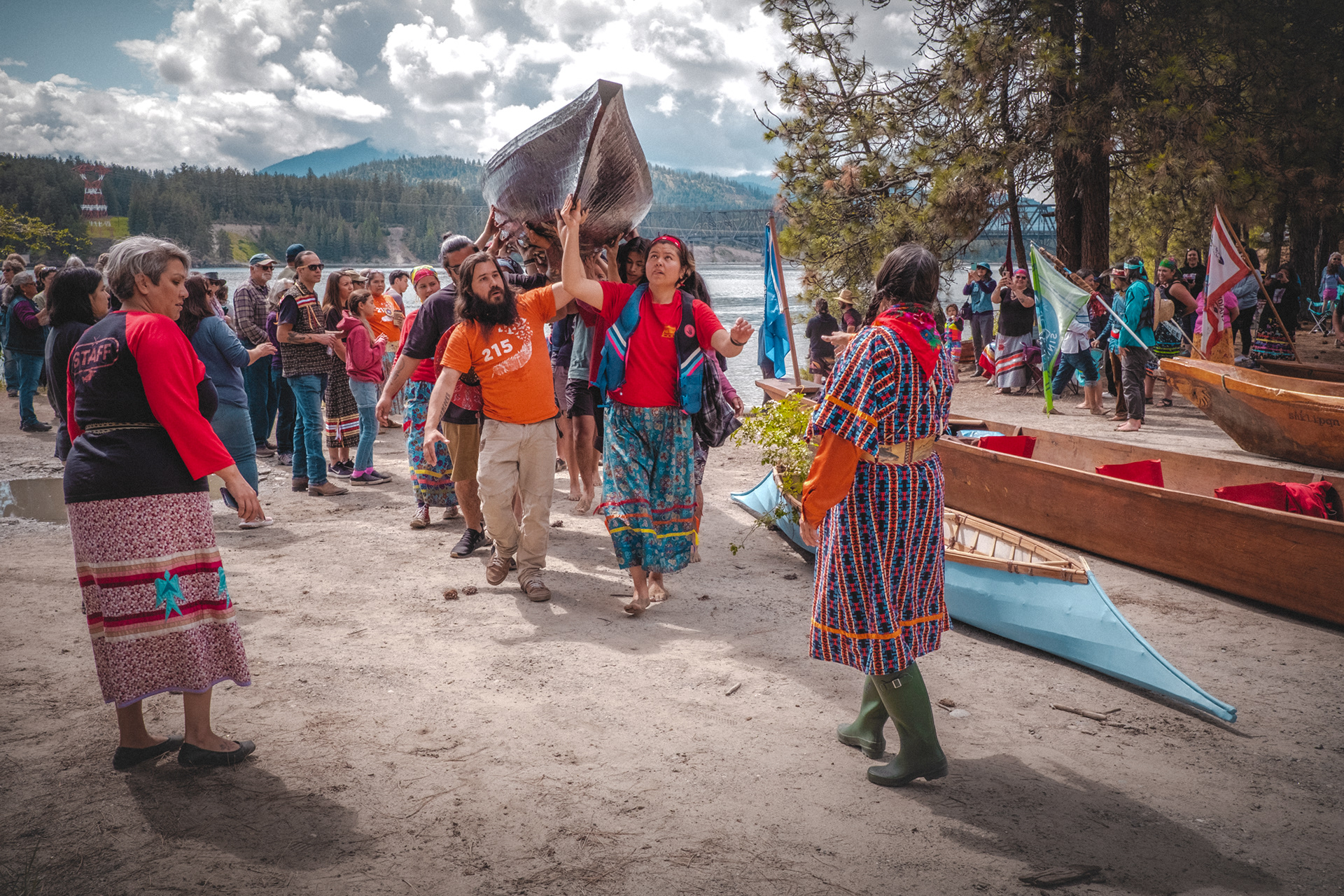


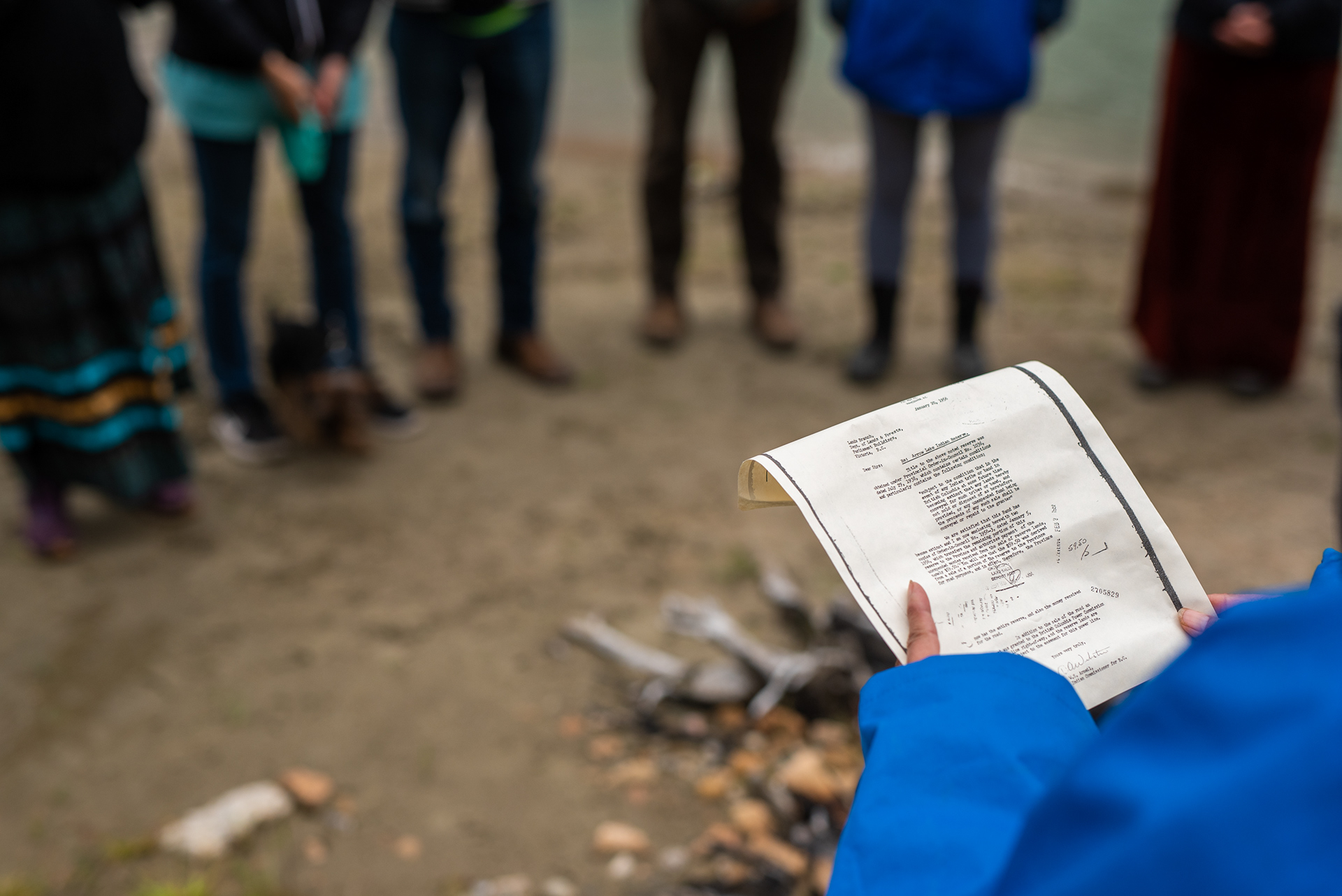


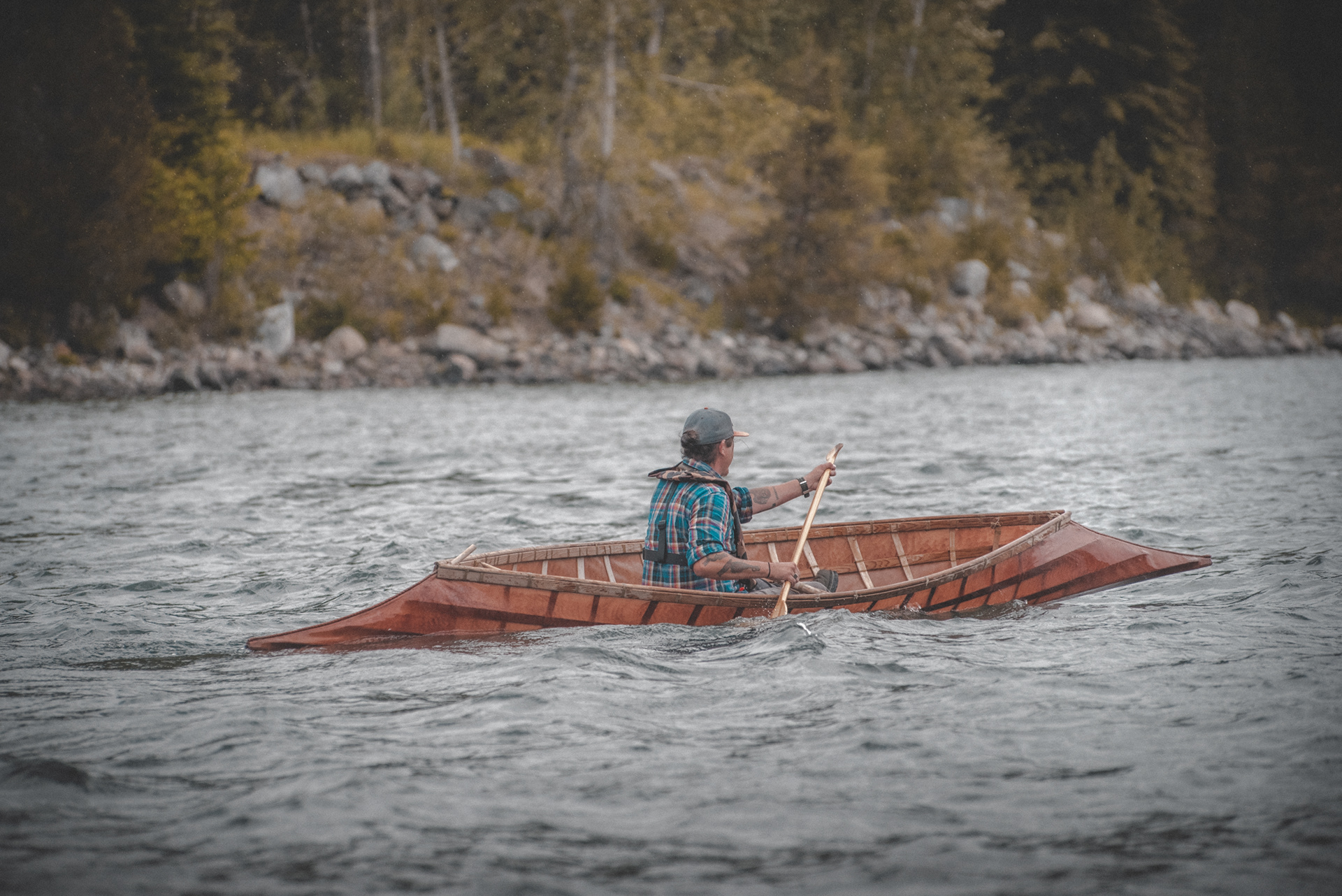
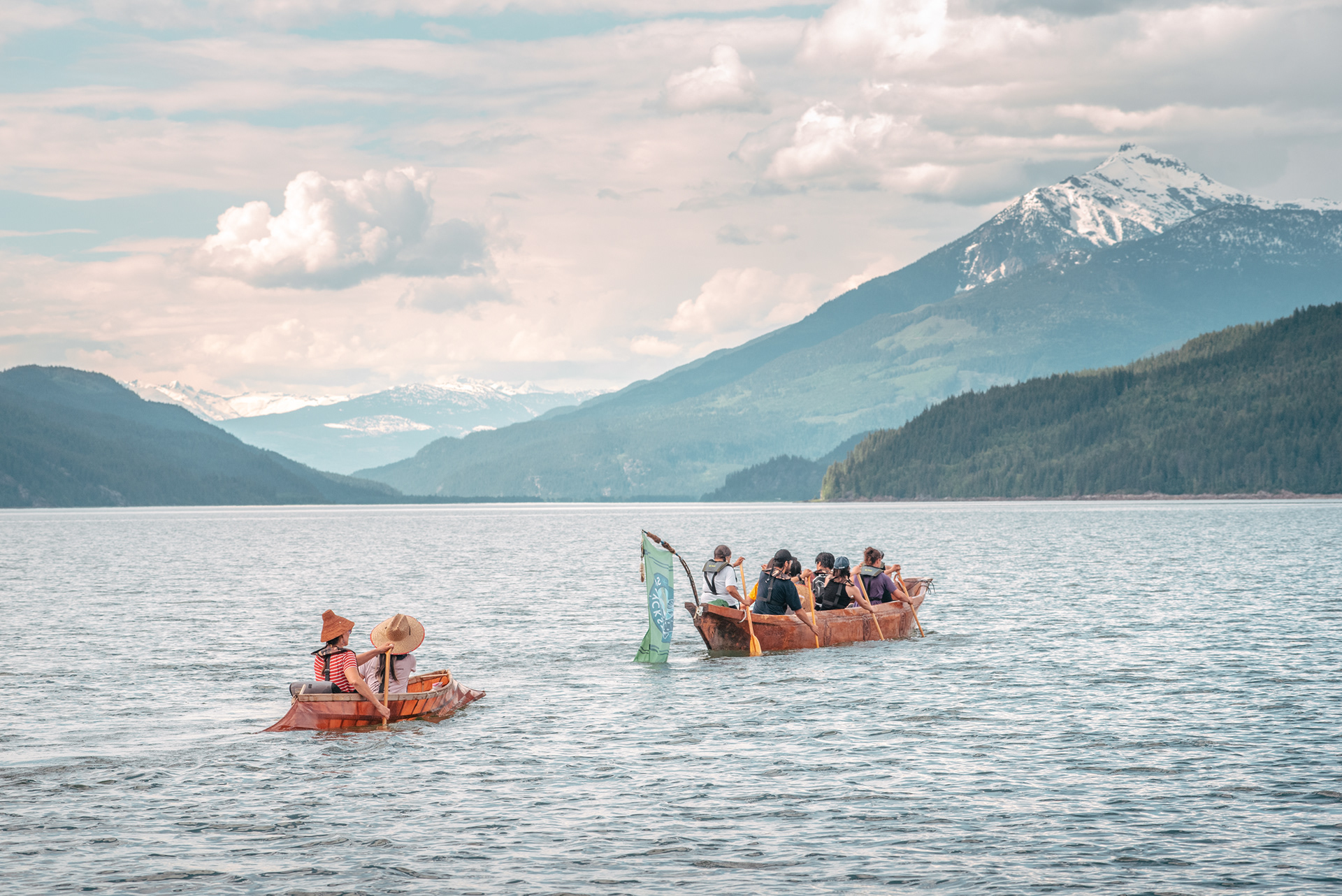
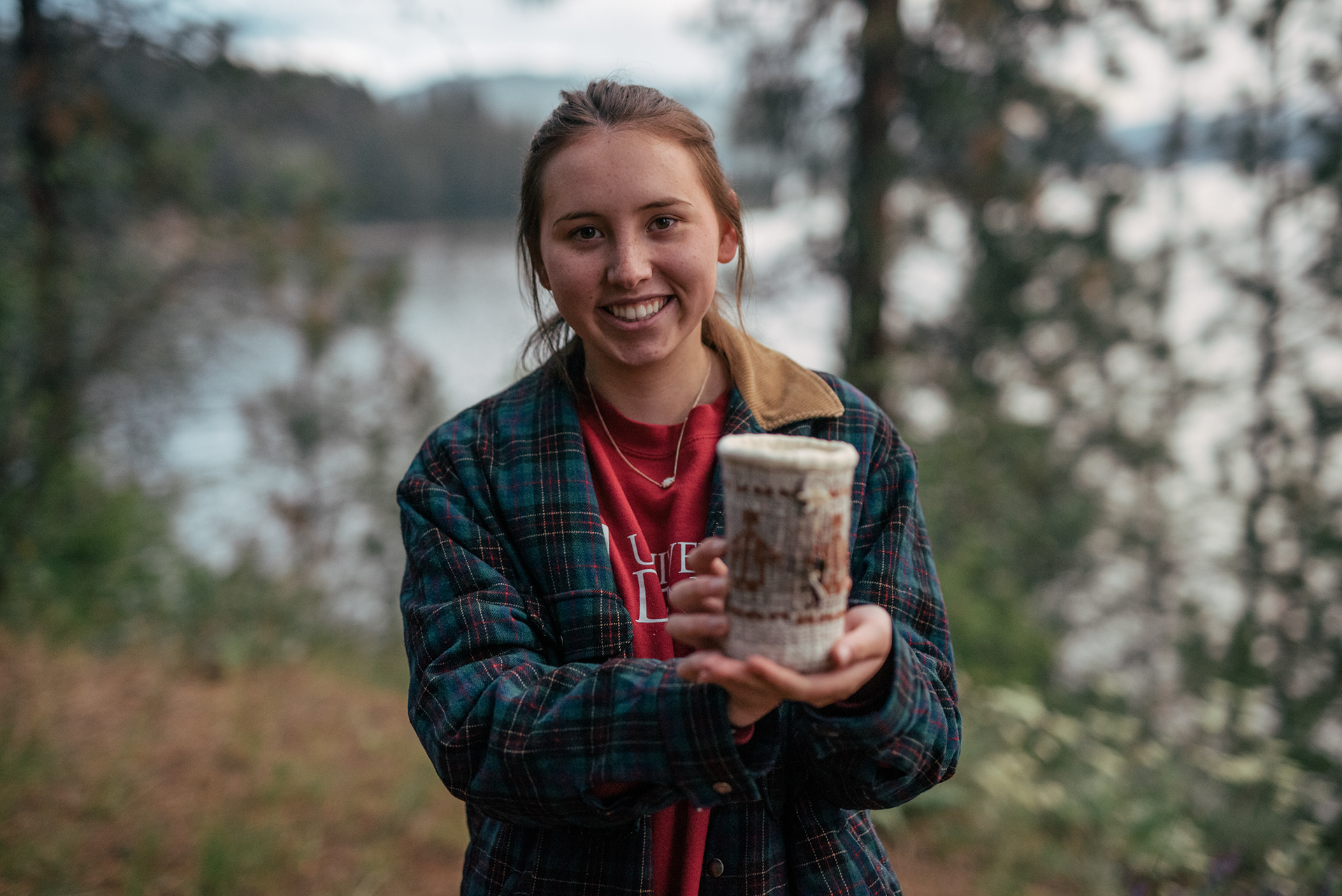
"Decades after displacement and attempted erasure, Sinixt people and supporters crossed the colonial border to canoe through their lands in ‘British Columbia.’"
BLM rally organizers Cilianette Simon, Pam Buisa, and Asiyah Robinson. Photo by Mike Graeme
“We need to bridge the gap. We acknowledge that there is a divide, but to bridge it requires everyone in society to be actively anti-racist.”
By Pamphinette Buisa
Photography by Mike Graeme
Photography by Mike Graeme
Cover image of the Indigenous Youth for Wet'suwet'en occupation by Mike Graeme, 2020.
Reconciliation on Trial: Wet'suwet'en, Aboriginal Title & The Rule of Law
“Canada has reached a watershed moment. Will it continue to bulldoze Indigenous rights in the name of resource exploitation and jobs and profits for the few, or it will renounce its colonialist past and strike out on the path of respect, collaboration and partnership with Indigenous people?”
“After over a century of colonialism, land theft, and dispossession, the [Delgamuukw] decision was monumental: Canada’s highest court had finally recognized that Indigenous nations had rights on the lands they had lived on for thousands of years.”
By Jillian Kestler-D’Amours
Photography by Mike Graeme
Photography by Mike Graeme
Ukrainian dancers are raising awareness and hope through traditional performance art.
Cover image of @dreamsincoastal by Mike Graeme
This Land is Whose Land?
"Resurgence of Wet'suwet'en conflict brings hundreds-year-old questions about Aboriginal title to the fore. Maybe it's about time we answered them."
By buying a copy of Megaphone Magazine, you directly support unhoused and low-income folks who work as vendors.
Conflicts over old-growth logging at Fairy Creek on Vancouver Island highlight issues of Indigenous sovereignty, destructive resource extraction and the fate of future generations.
Read Interview with ƛapisim and xʷ is xʷ čaa in Megaphone Magazine
